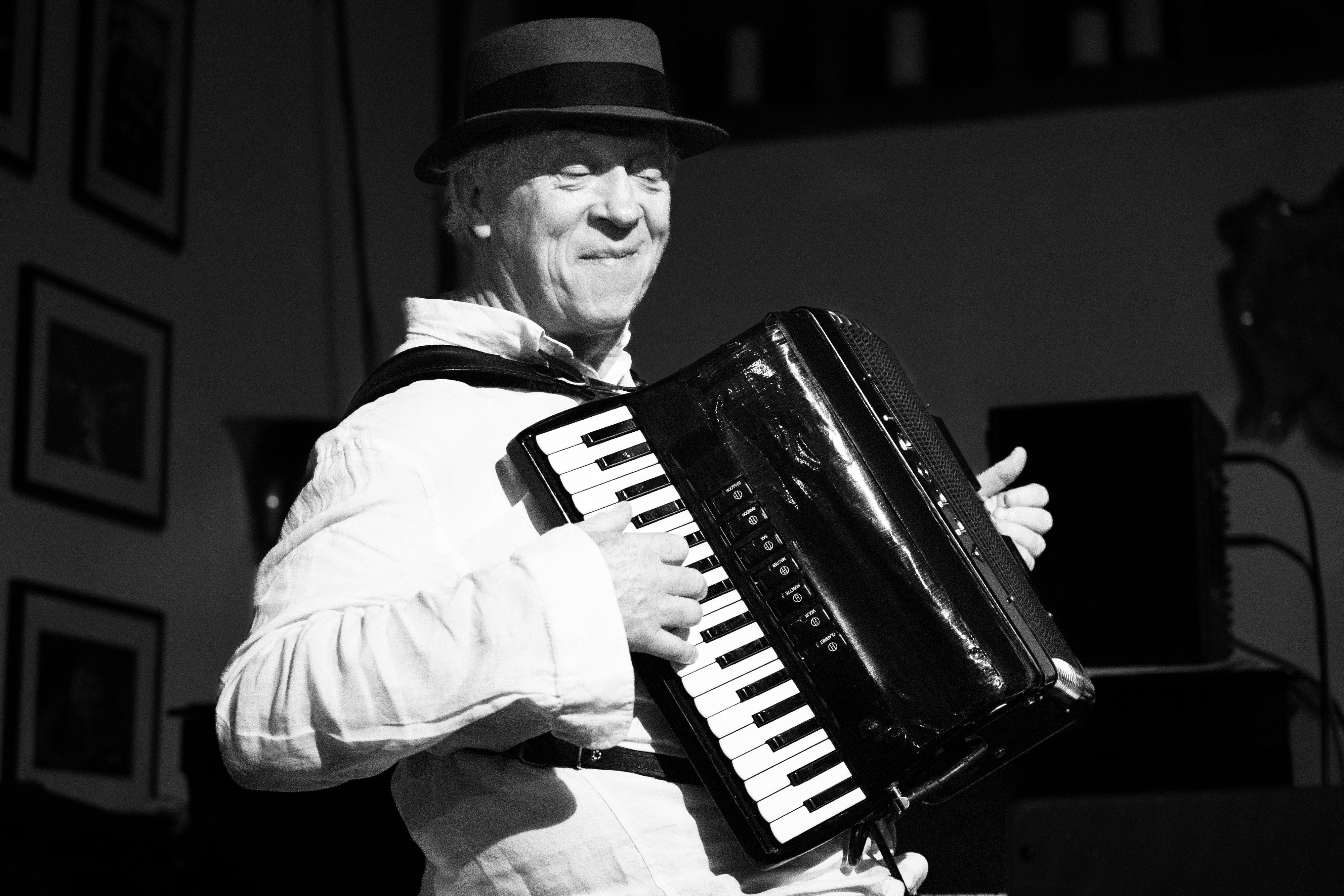
Events with the Leica SL3-S
Jonathan Slack
October 4th 2025
Introduction
I tested the SL3-S last year and wrote about it when it was released in January - you can read it by clicking
here.
One of the burning questions about the camera was whether the autofocus was dramatically improved with the addition of Phase Detect sensor points (which the SL2-S did not have and which the SL3 has, but far fewer (the SL3 has 315 AF points, the SL3-S has 779 AF points).
I had spent my testing time taking pictures of our puppy charging about the fields, and this had proved challenging - very fast changes in direction (very fast!).
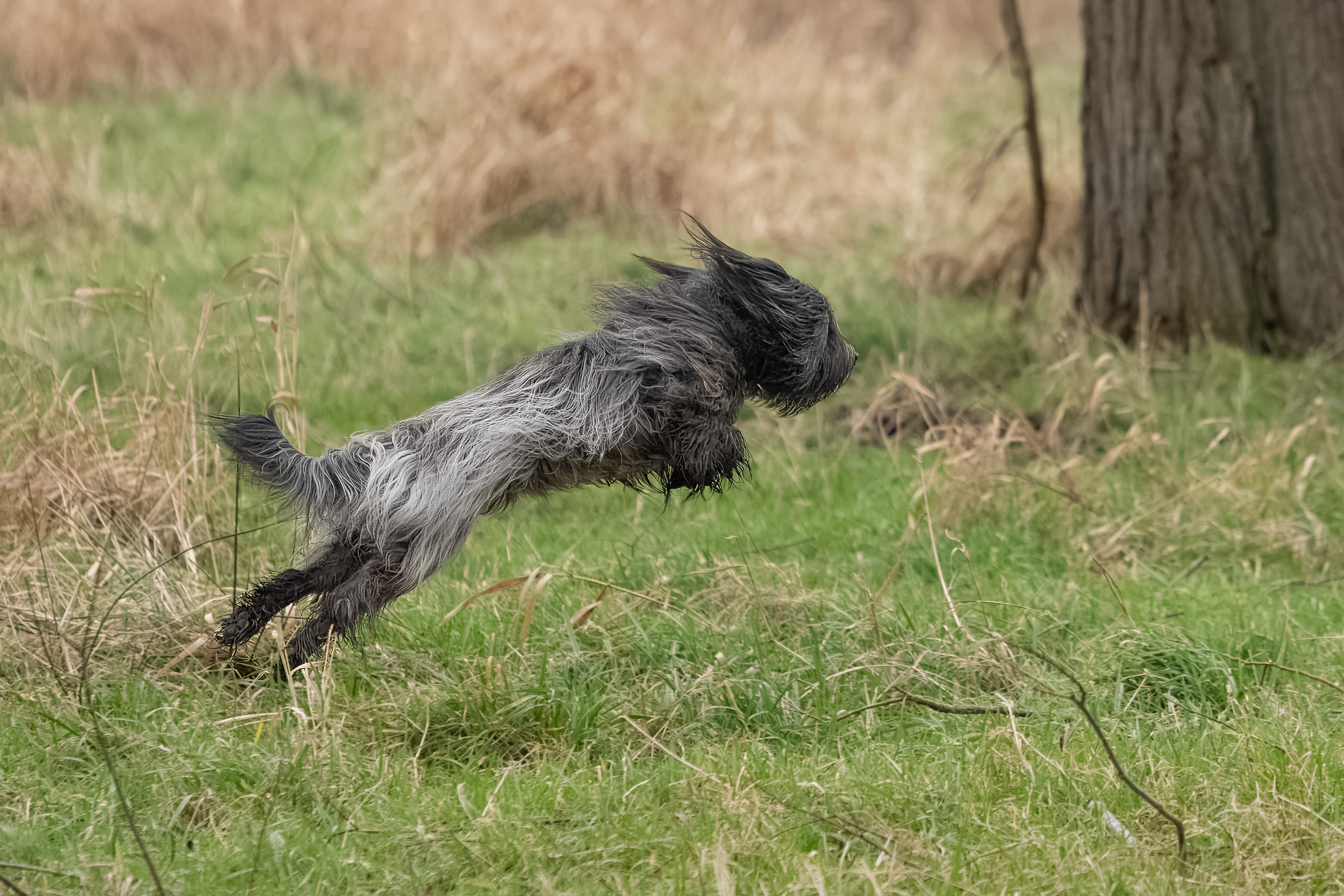
Uny - hunting
Leica SL3-S with the Lumix S 70-300 f4.5-f5.6
During my testing of the SL3 I investigated some of the faster stacked sensor cameras; including the Sony A1 and the Olympus OM-1 mark ii (which I still have). I talked about this in my article on the SL3
here.
Just before I was due to send back the SL3-S to Leica in February, and after I had written my article, I was asked to do the snaps for a Play in Walberswick. This went much better than I expected, and I wrote a brief addendum to the article when it was published in the Viewfinder magazine in the spring.
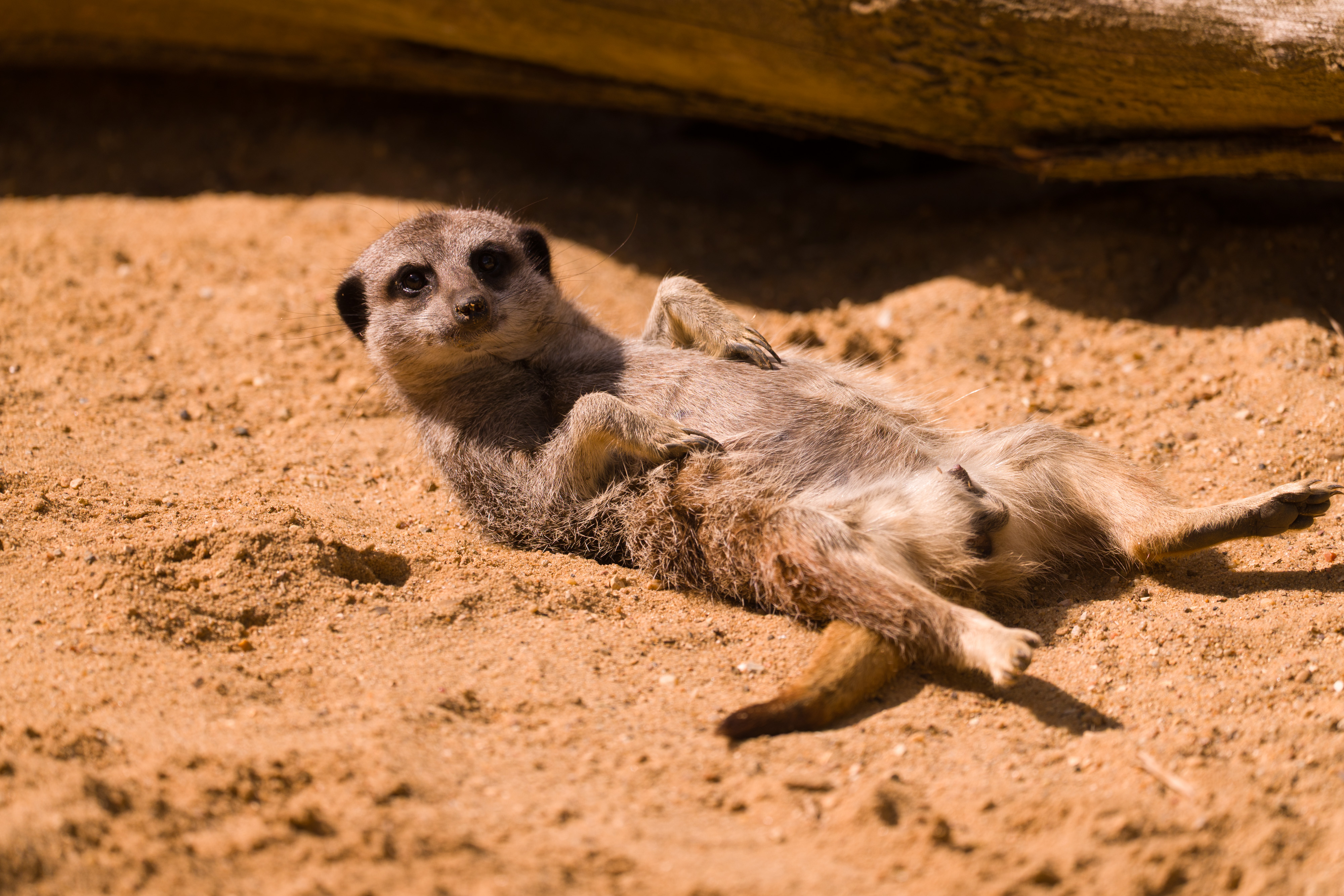
Slow Old Brain
Leica SL3-S with the 70-200 Vario Elmarit with 2X converter
This rather percolated in my slow old brain, then in June Leica announced the 28-70 f2.8 Vario Elmarit (which I hadn’t tested) and a good package deal with the SL3-S; I had a few events lined up for the summer, so I. Bought the package (it really is rather a good deal!).
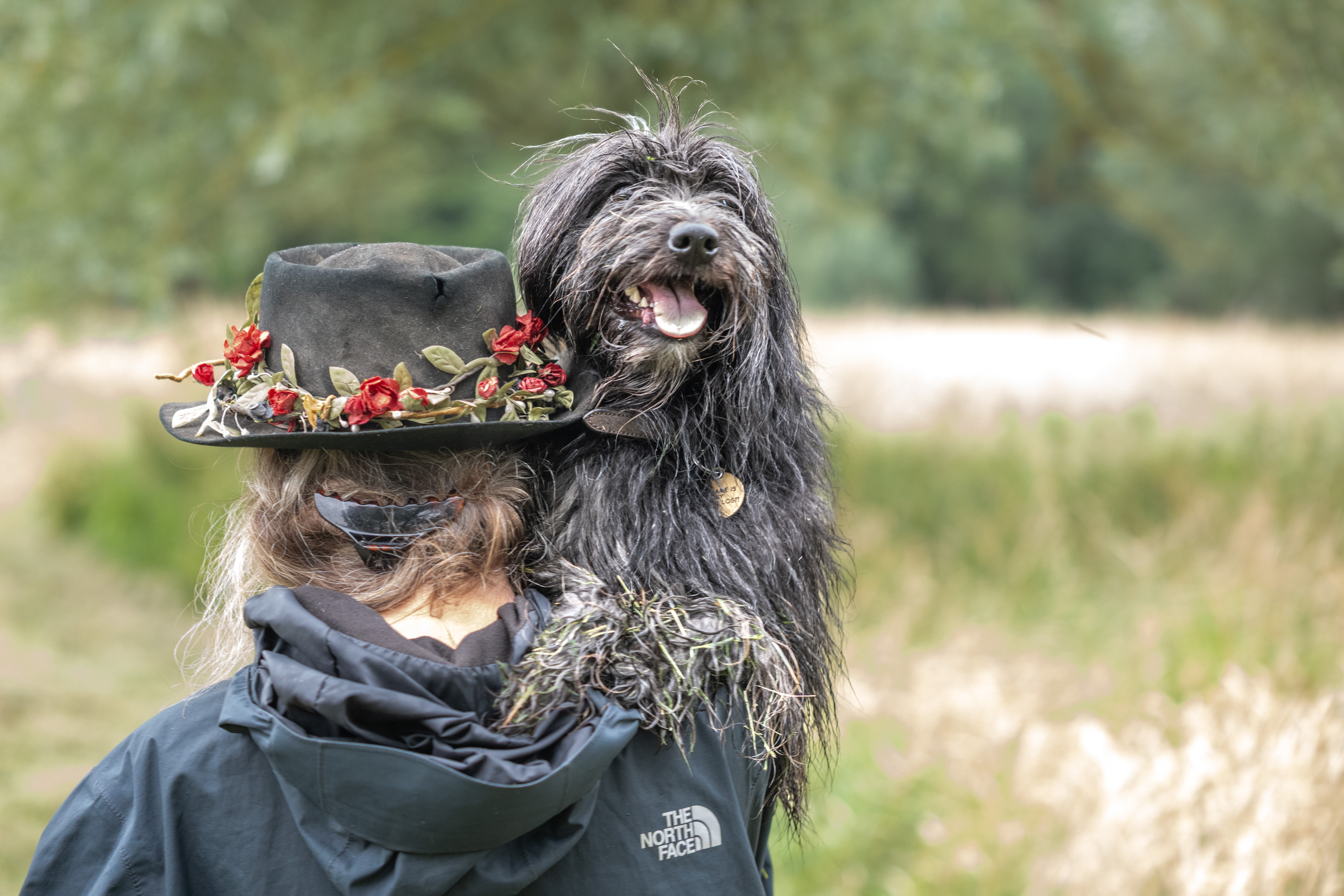
Jumpy Jump
Leica SL3-S with the 28-70 Vario Elmarit Asph
This article is the result of the last 3 months shooting very different types of events with the SL3-S (and often with the lovely little 28-70 f2.8 zoom).
The Real Inspector Hound
As is usual for shooting drama I was asked to take the photographs at one of the dress rehearsals.
I turned up with a bag of different lenses, expecting to shoot with the Vario Elmarit 24-70 and 70-200. I had a feeling that, although I prefer the original L mount zooms (the 24-90 and the 90-280) they wouldn’t focus fast enough.
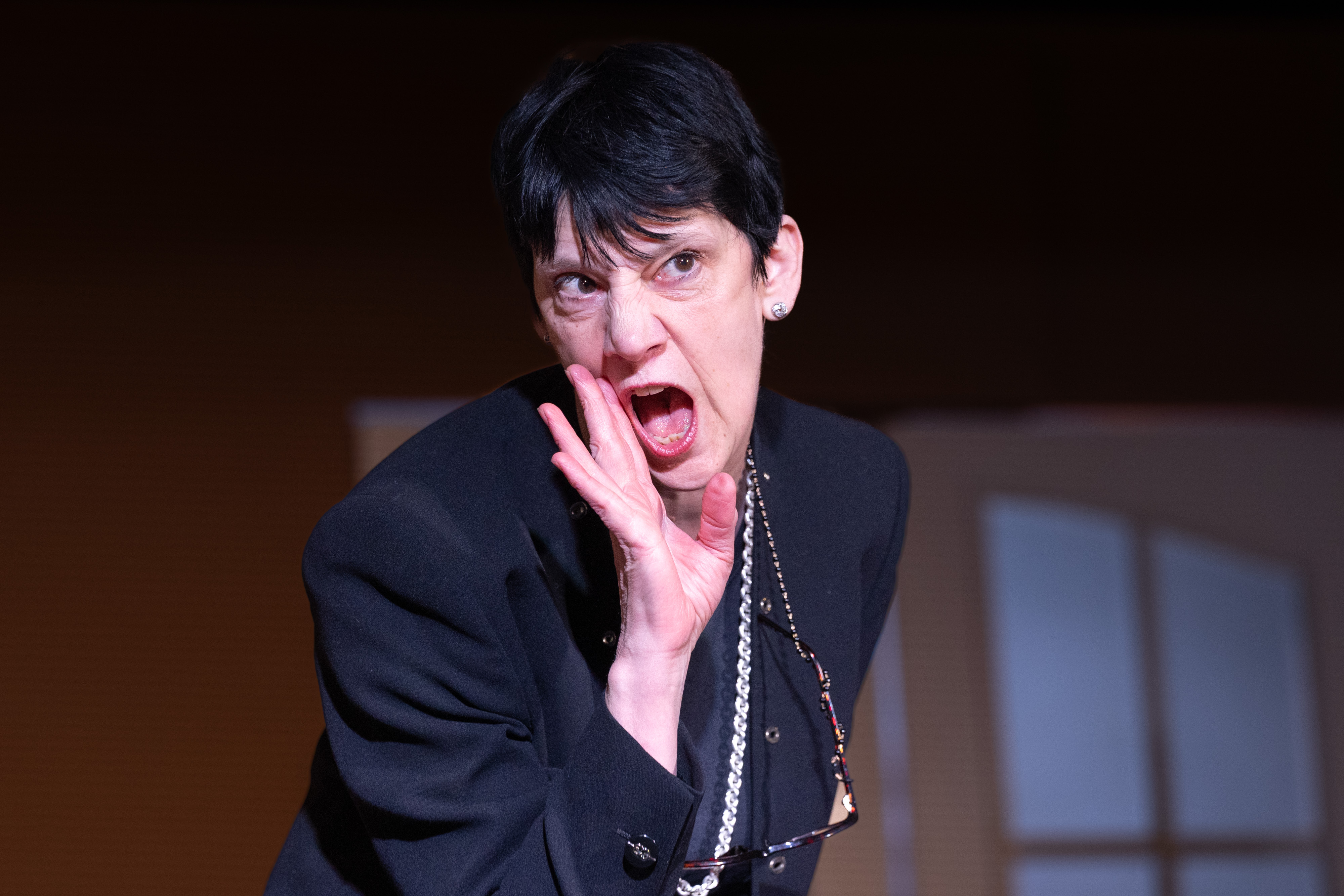
Moon
Leica SL3-S with the 90-280 APO Vario Elmarit
171mm, ISO 4000, 1/200 sec @F4
As it turned out, the lighting wasn’t working properly, so it was pretty dark; on a whim I thought I would just prove to myself that the 90-280 wasn’t going to focus fast enough for this kind of job.
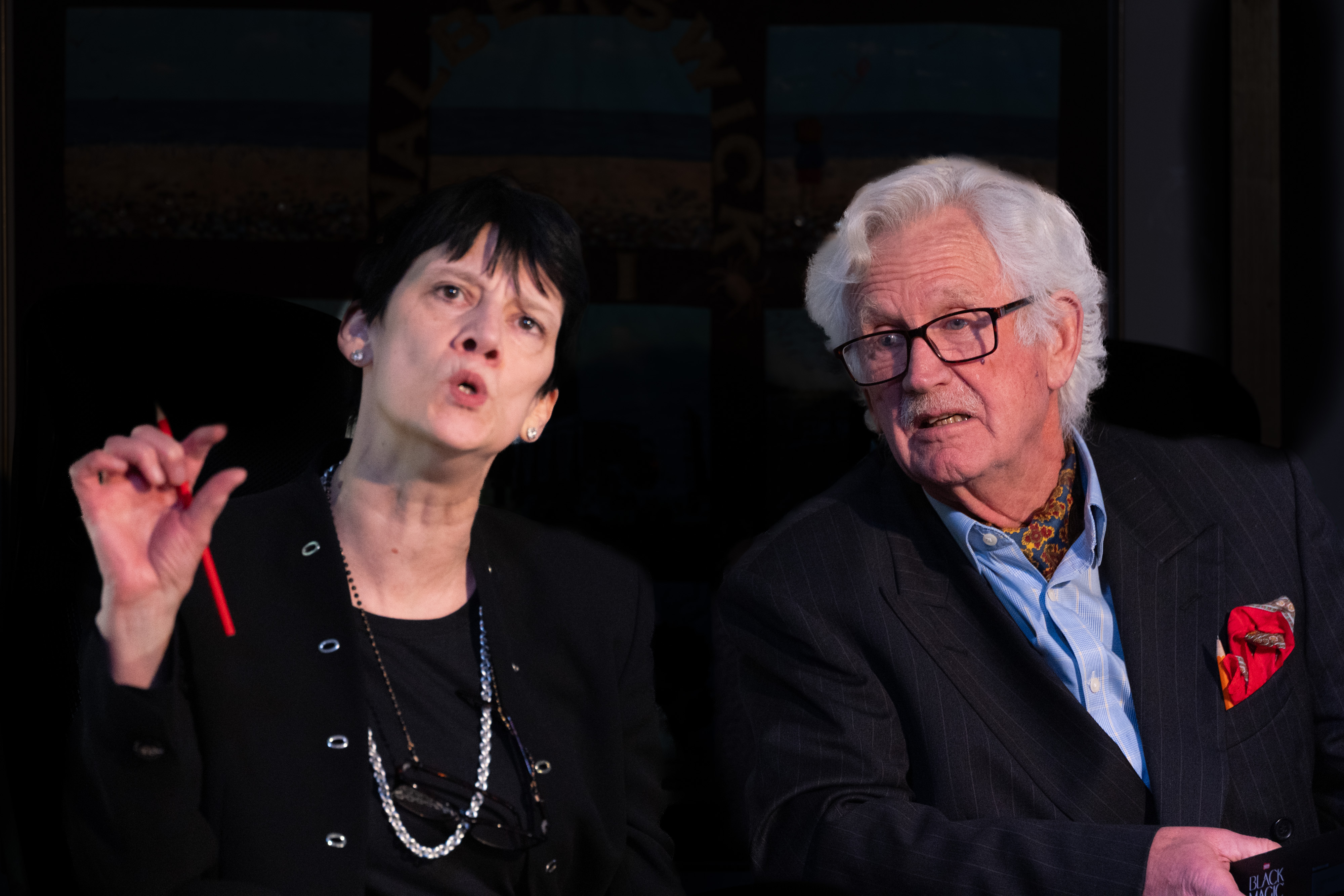
Moon and Birdfoot
Leica SL3-S with the 90-280 APO Vario Elmarit
280mm, ISO 4000, 1/200 sec @F4
I set the camera on spot metering with Auto ISO and eye body detection. As it was really dark I set the aperture to f4 and the shutter speed to 1/200th, which I hoped was safe with the in-body IS. With the SL cameras I really miss being able to set the maximum shutter time as a function of the focal length (as you can with the Leica M11 cameras)
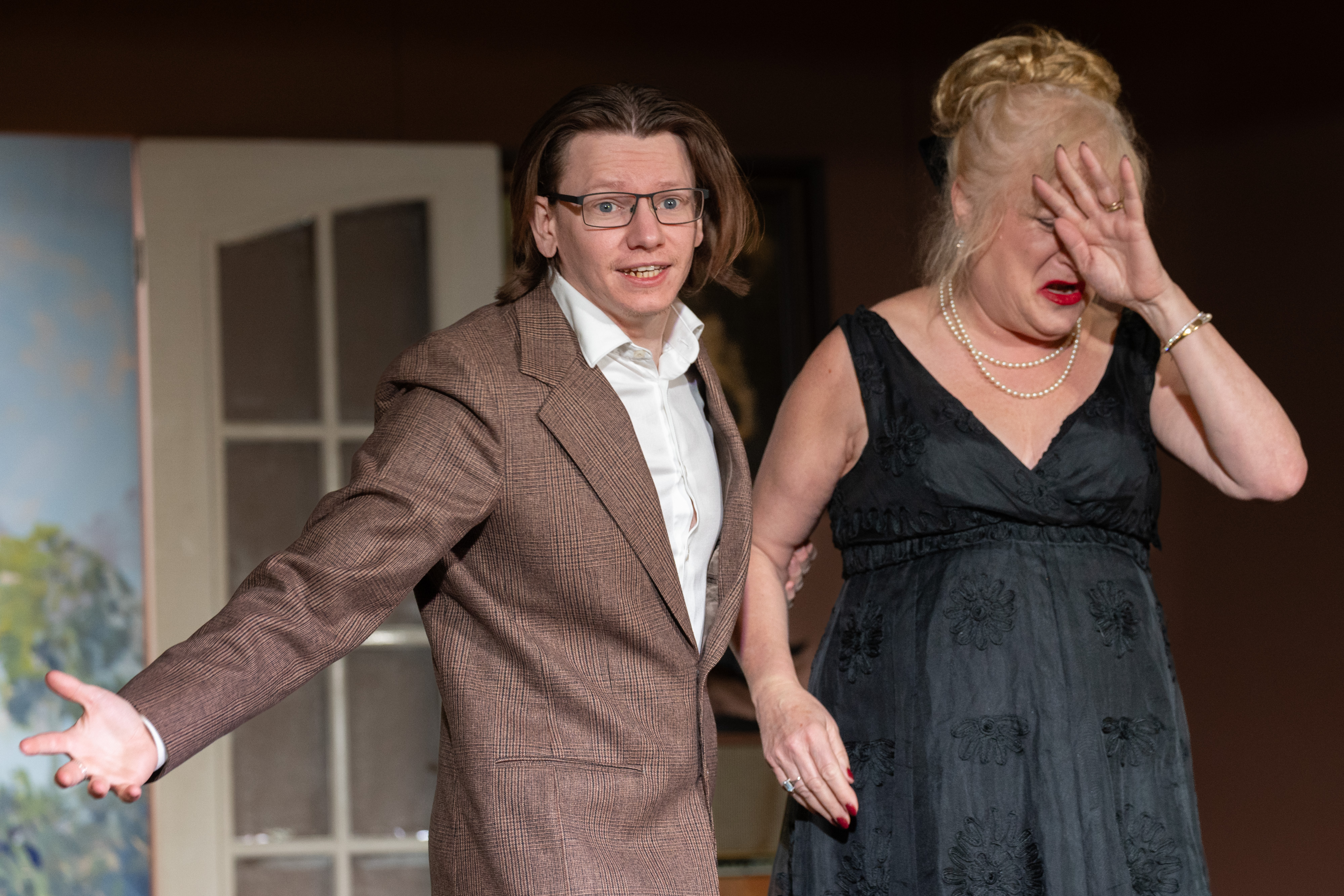
Muldoon Manners
Leica SL3-S with the 90-280 APO Vario Elmarit
91mm, ISO 3200, 1/200 sec @F4
It became increasingly clear that the 90-280 was nailing the focus pretty well, despite the difficult lighting conditions - so I stuck with it
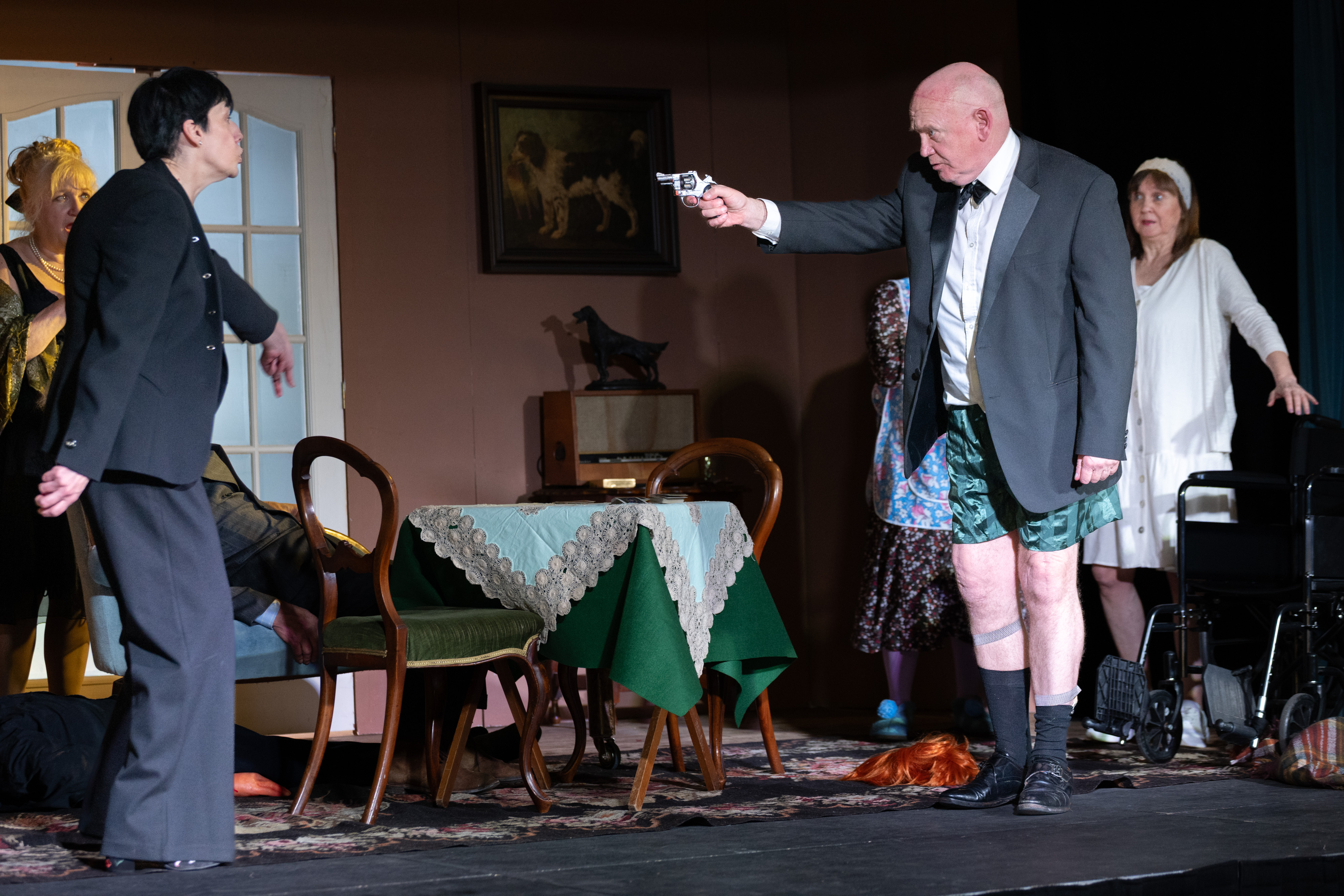
The Death of Moon
Leica SL3-S with the 90-280 APO Vario Elmarit
91mm, ISO 3200, 1/200 sec @F4
The Denouement
When I got home and started to process the images I got a real surprise (I had taken around 400 with the SL3-S and a few with the M11).
The focus hit rate with the SL3-S was better than 90%, despite the poor lighting.
This was just a couple of weeks after I had published my initial review, it put a much better light on the camera for this type of event
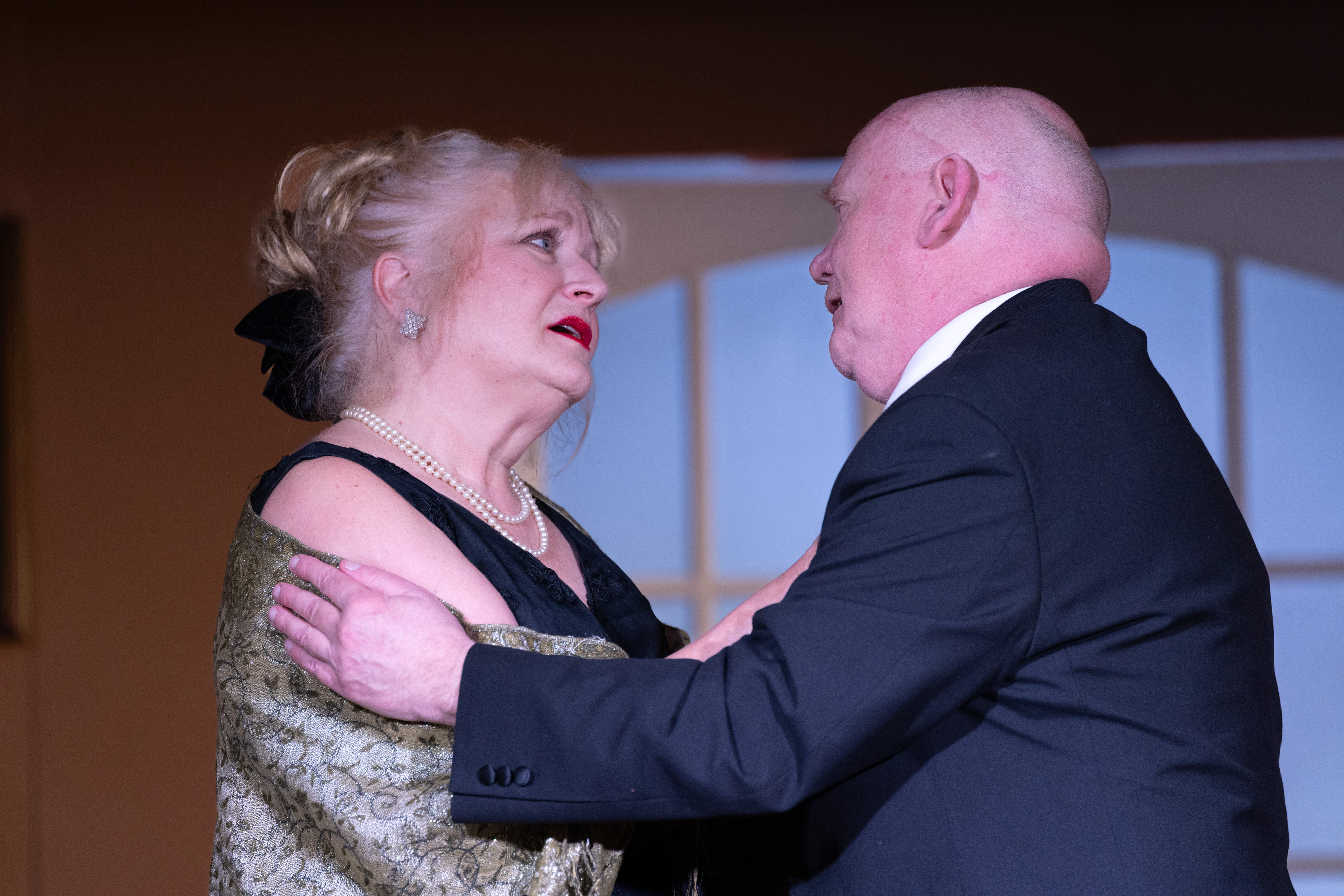
Rapprochement
Leica SL3-S with the 90-280 APO Vario Elmarit
254mm, ISO 3200, 1/200 sec @F4
The Leica 100 year Celebration
It was a real privilege to be invited to the celebration of the 100 years since the Leica 1 went into production. It was at various venues in Wetzlar, Rather than just enjoying myself I thought it would be good to make a record of it. So this was to be my second event with the Leica SL3-S.
If you would like to see the results, I wrote about it
here:
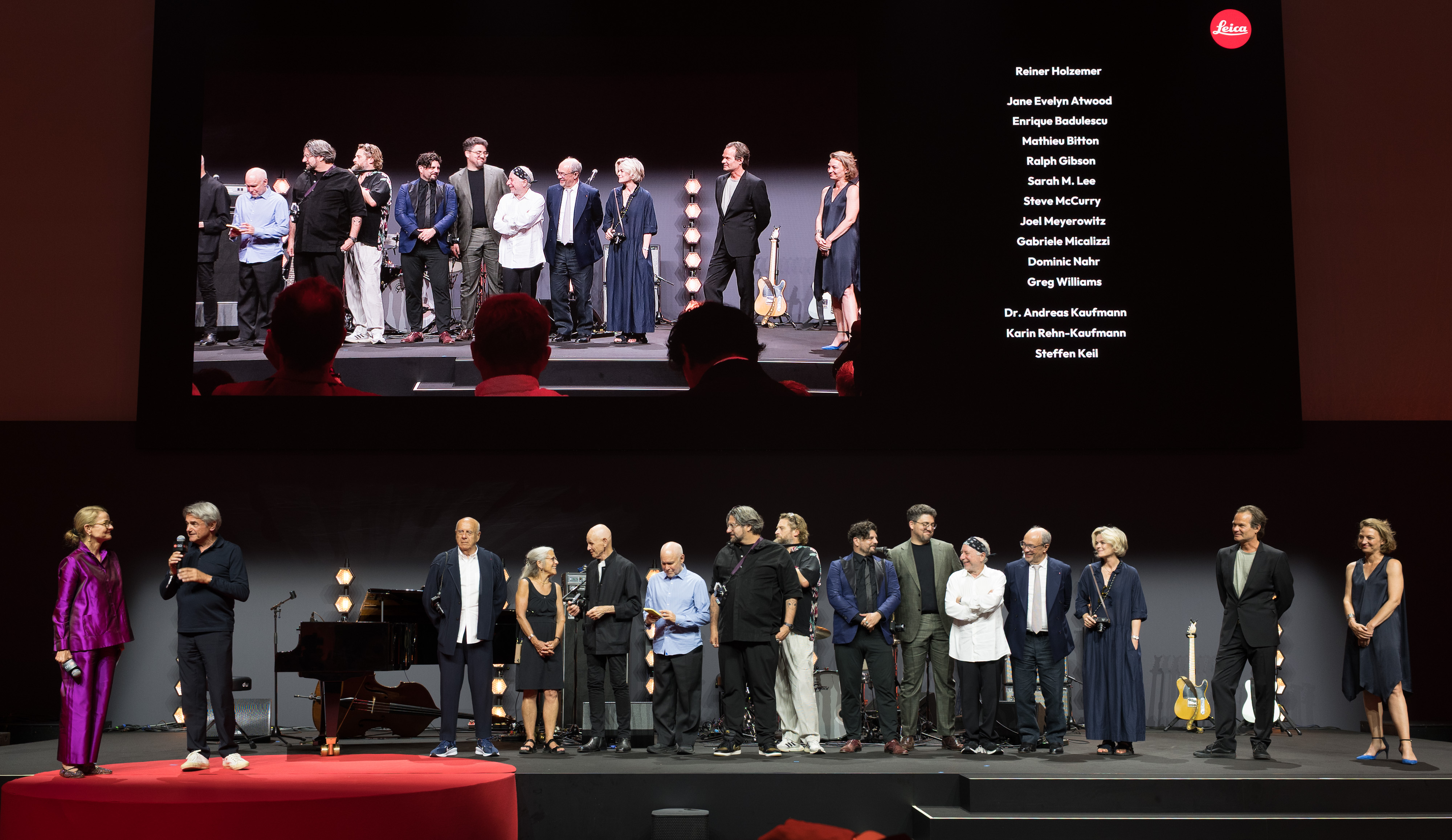
The Great and the Good
Leica SL3-S with the 20-70 f2.8 Vario Elmarit Asph
29mm, ISO 800, 1/60 sec @F4.5
Of course, in this case the lighting situation was changing all the time. I decided to really put the 28-70 through its paces, and used it for the whole two days.
Camera settings changed, but generally speaking I was using Aperture Priority, with Auto ISO, Daylight white balance outside and Auto White balance indoors
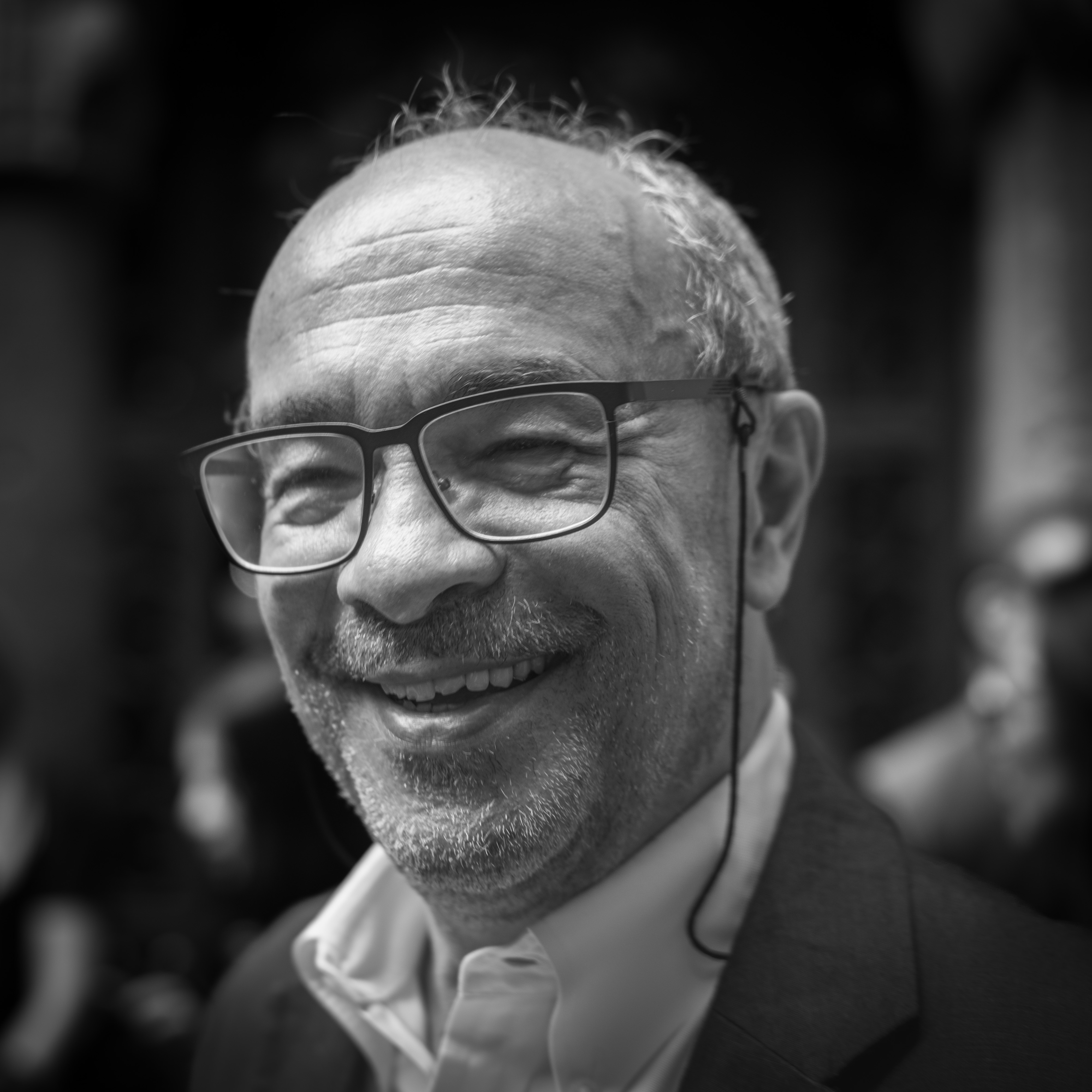
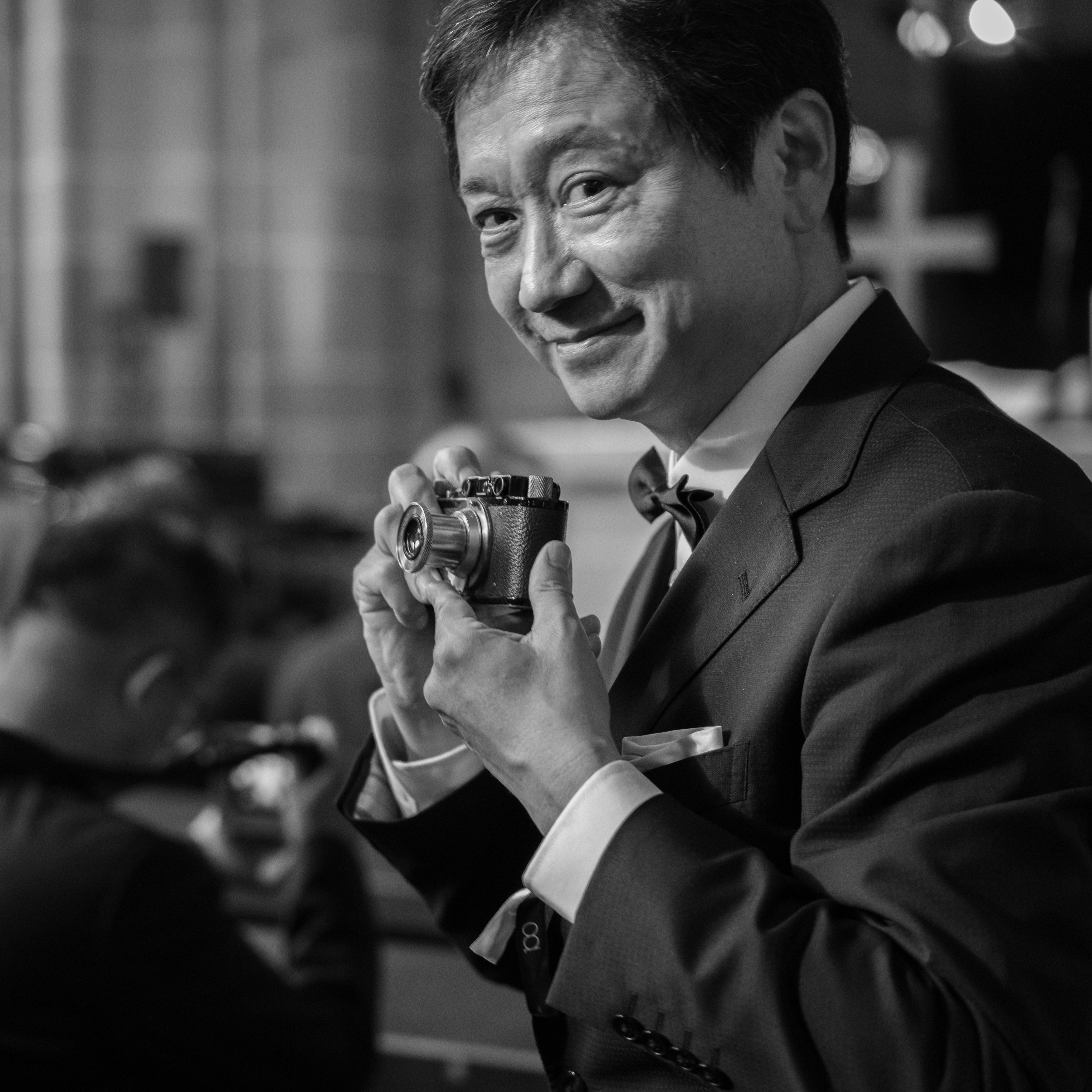
Dr Andreas Kaufmann
Leica SL3-S with the 28-70 f2.8
55mm, ISO 800, 1/100 sec @F2.8
Yasuhiro Ohsone
Head of product planning at Sigma
70mm, ISO 3200, 1/125 sec @F2.8
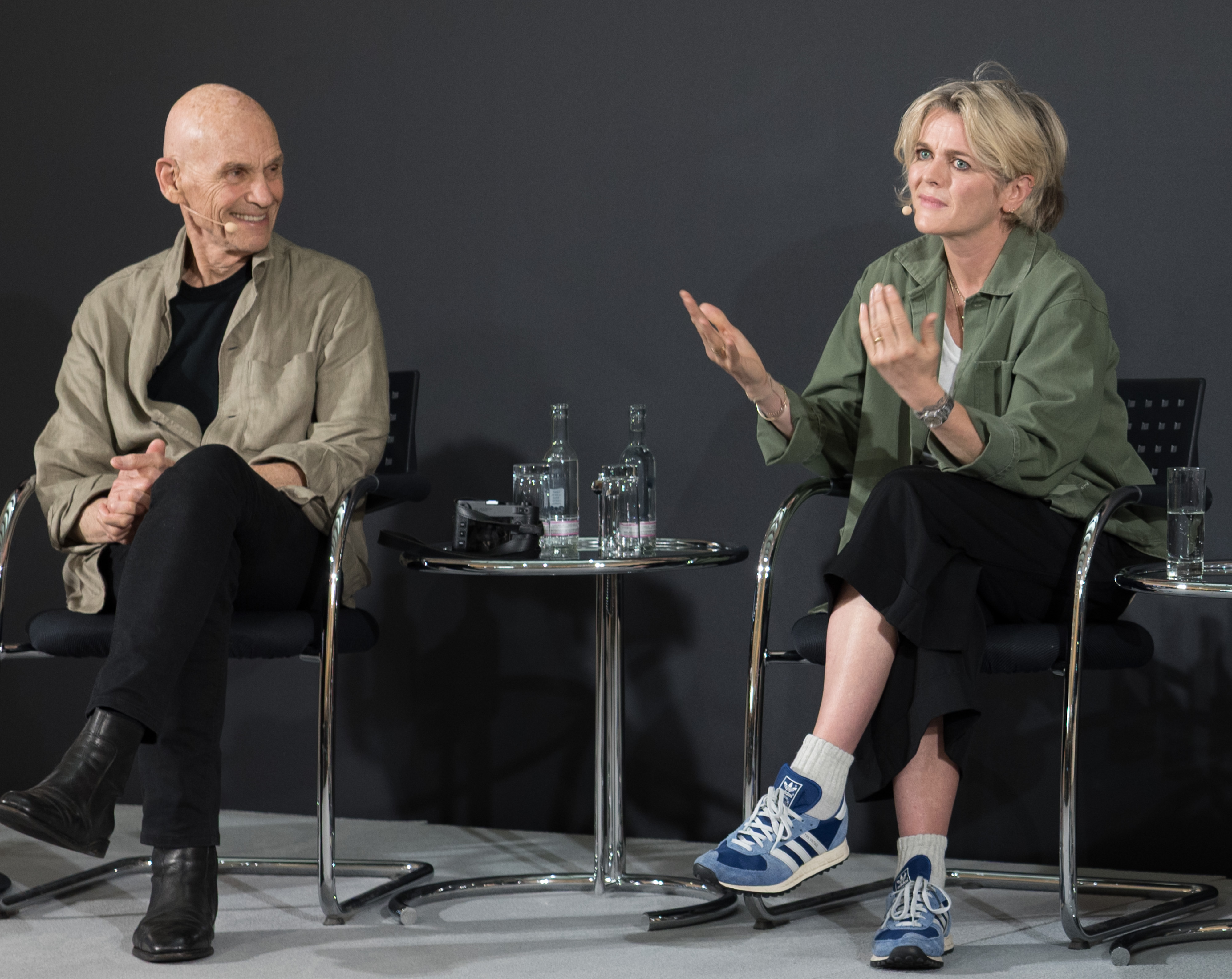
Joel Meyerowitz and Sarah Lee
Leica SL3-S with 28-70 f2.8
70mm ISO 800 1/100 @ f4.5
The combination of the Leica SL3-s and the 28-70 f2.8 Vario Elmarit Asph did a great job here. I took more than 500 photographs over the 3 days with an extremely good hit rate. Certainly the autofocus never let me down, and the high iso characteristics of the camera meant that at no point did I need to do any noise reduction in post processing.
Definitely a hit!
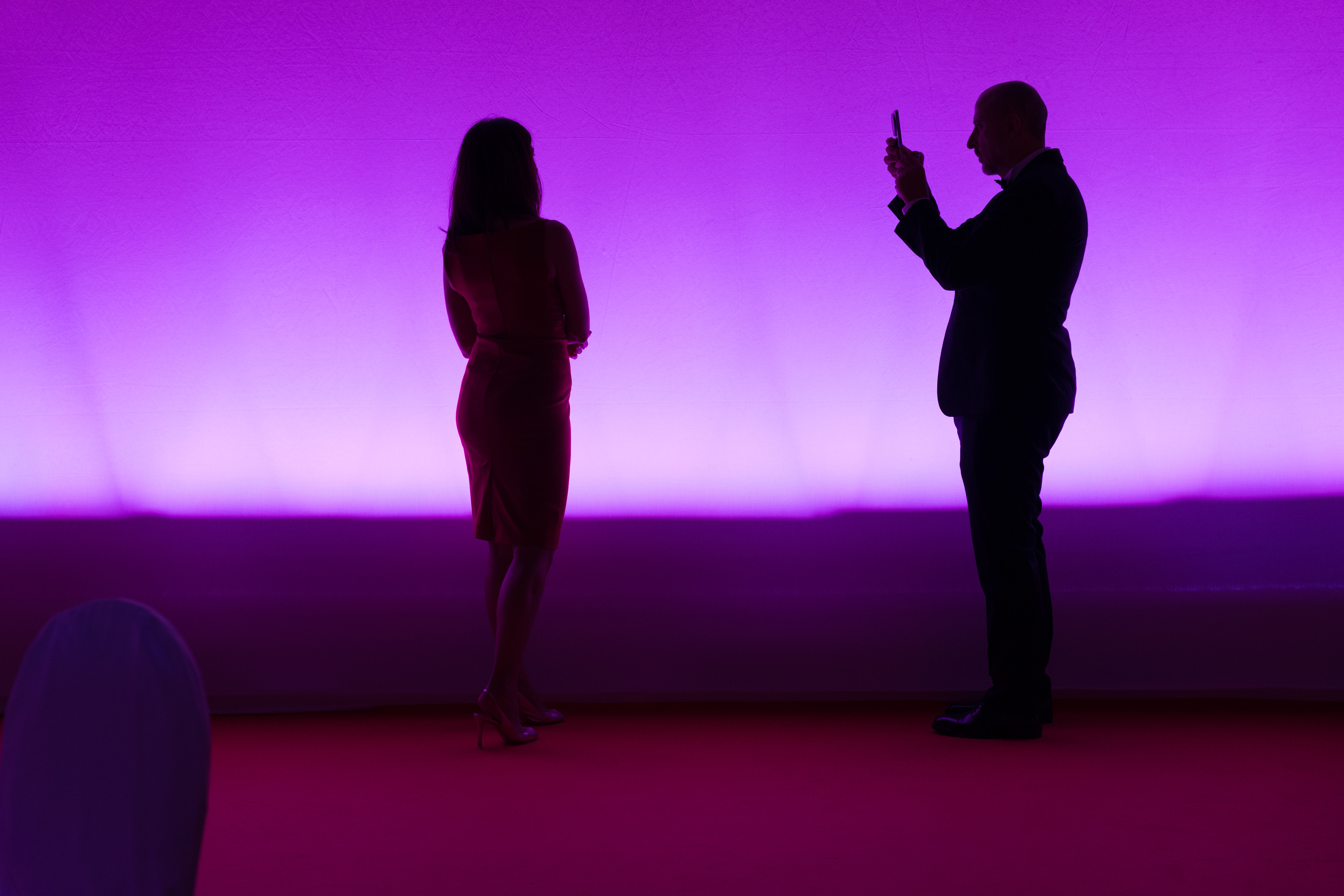
It’s a brave man who uses a phone at a Leica event!
Leica SL3-S with 28-70 f2.8
65mm ISO 2500 1/125 @ f4.5
The Pink Ladies Tractor Road Run
This is my biggest job of the year. Emma likens it to shooting a wedding with 200 brides!
I wrote about it at length a couple of years ago you can read about it
here.
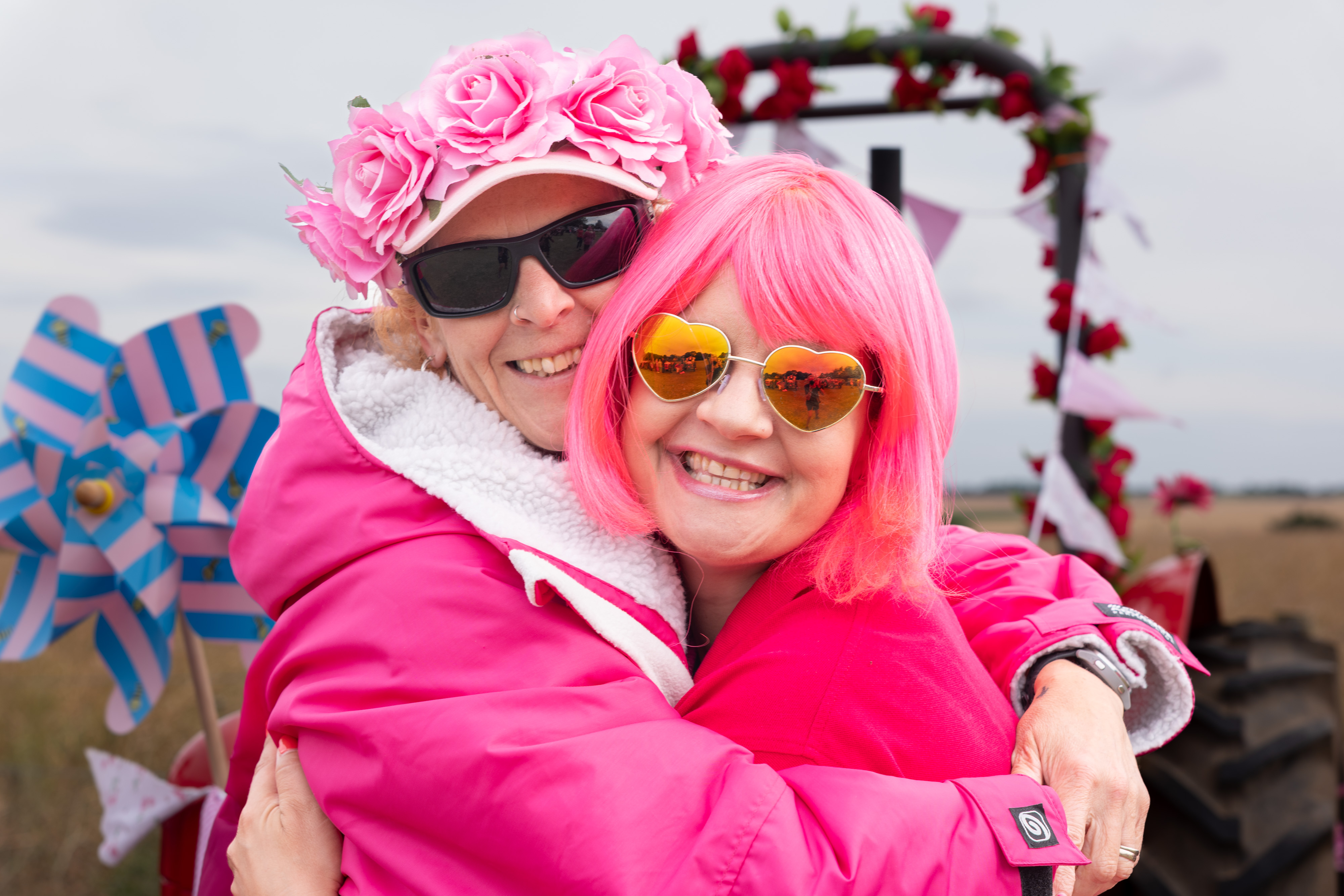
Leica SL3-S with 28-70 f2.8
70mm ISO 100 1/100 @ f6.3
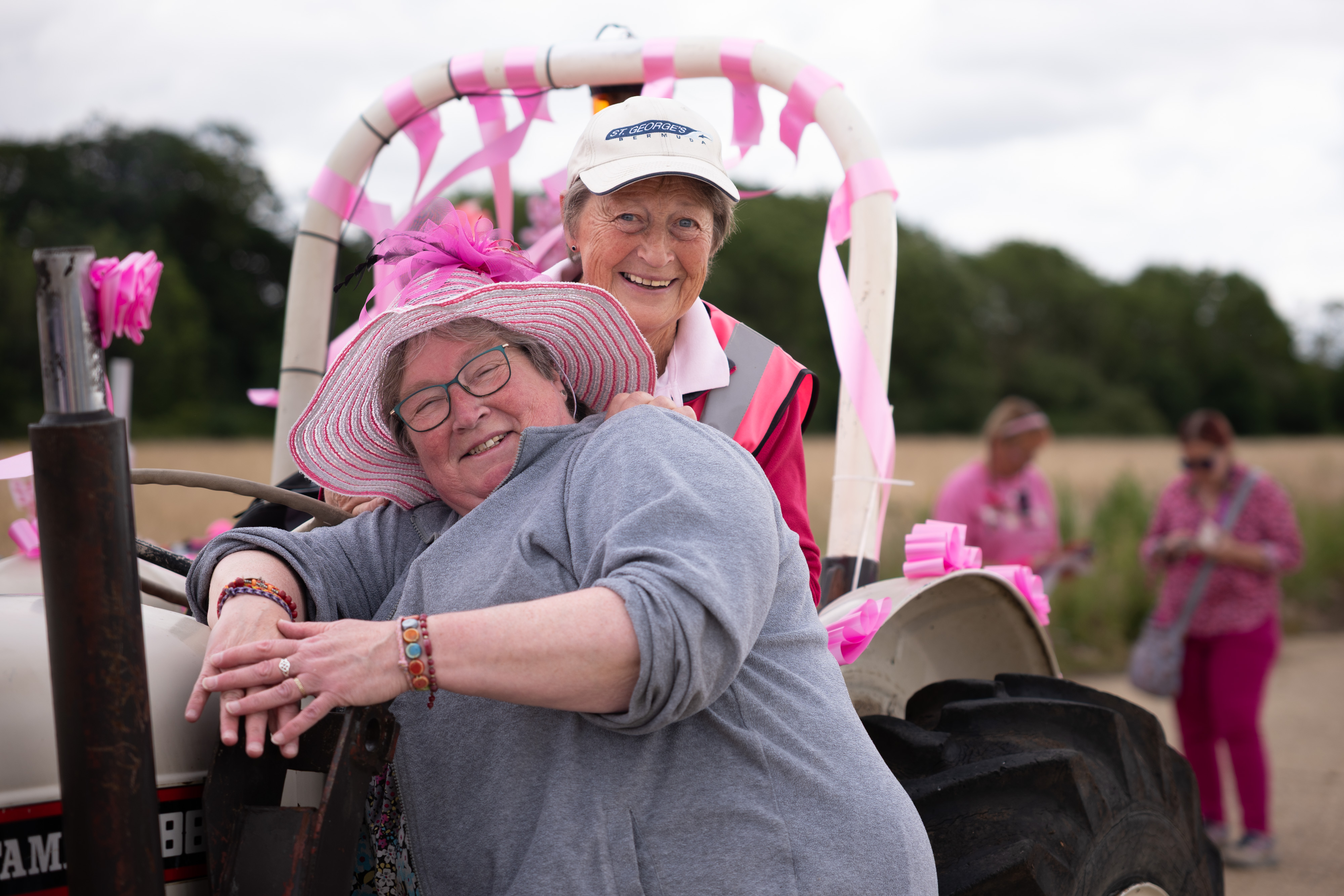
Emotions run high!
Leica SL3-S with 28-70 f2.8
70mm ISO 100 1/640 @ f2.8
Before the start of the run everyone is extremely excited (and so am I). It’s mixed emotions as many of the ladies are cancer survivors and almost all of them have close friends or relatives who have become victims.
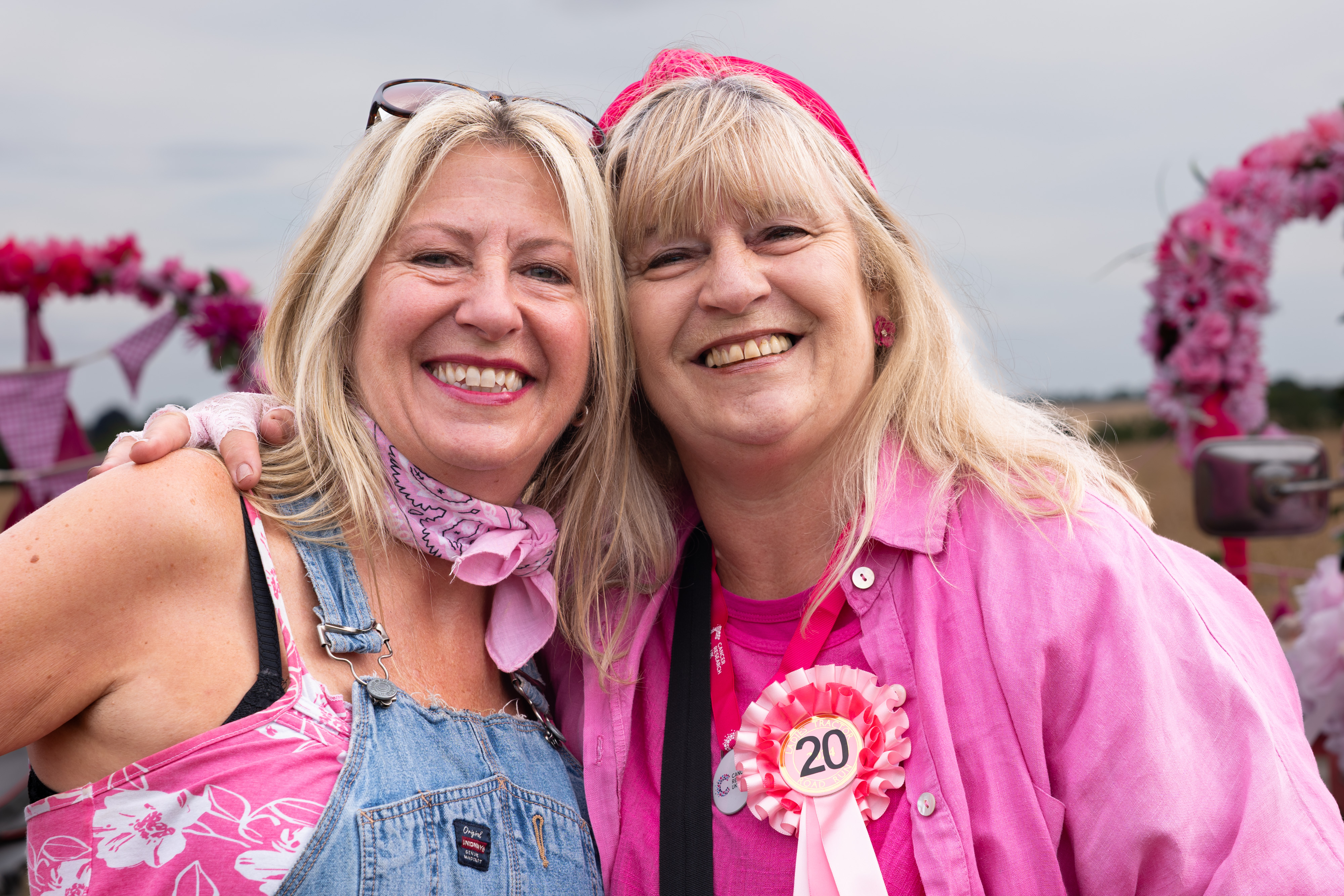
Leica SL3-S with 28-70 f2.8
70mm ISO 100 1/160 @ f6.3

The Look Look
Leica SL3-S with 28-70 f2.8
64mm ISO 100 1/125 @ f2.8
There is an incredible spectrum of women, all united by the experience. It’s no mean feat driving a vintage tractor 25 miles, lots of it off road on (sometimes muddy) tracks, sometimes (like this year) in pouring rain!
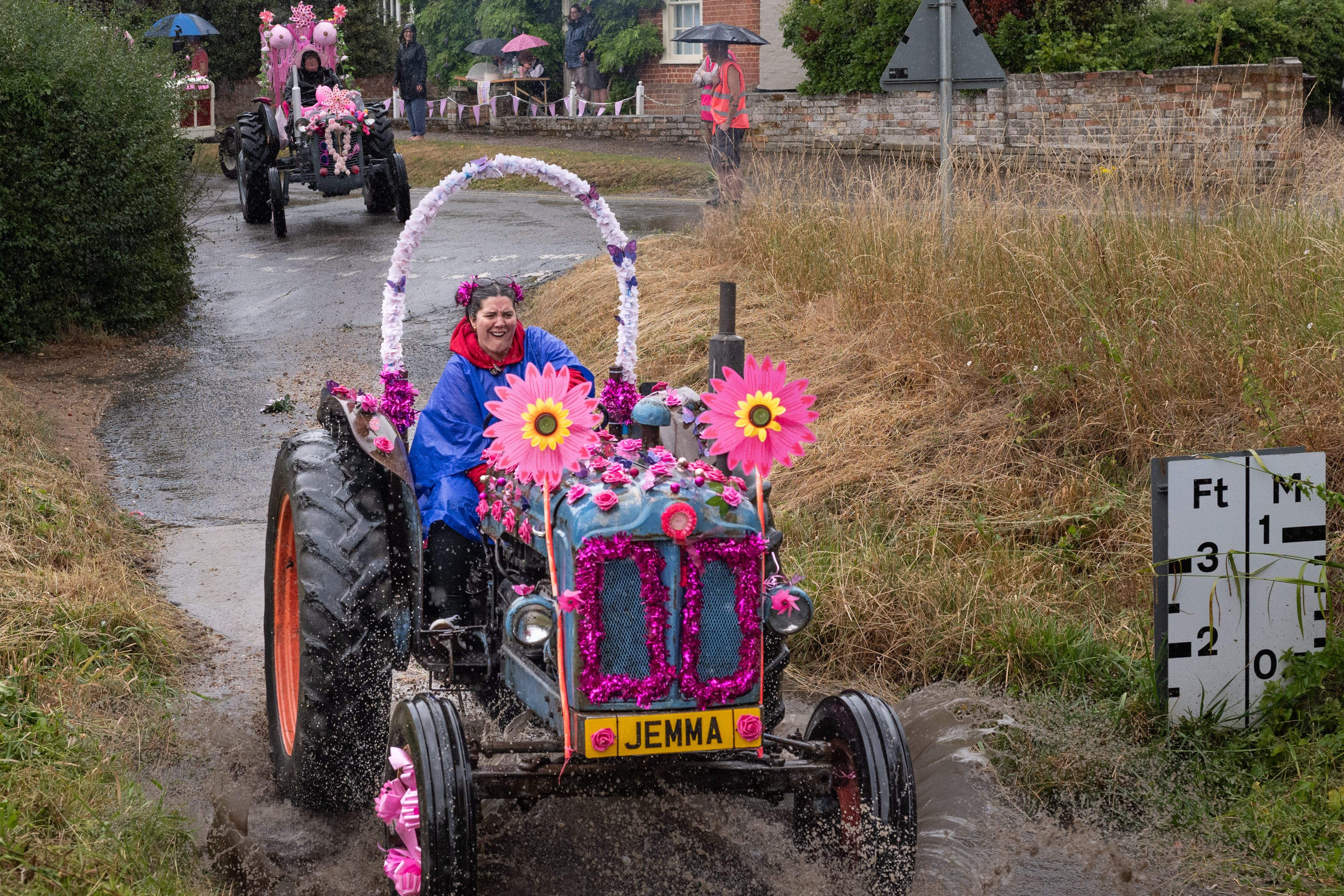
Jemma
Leica SL3-S with 28-70 f2.8
60mm ISO 1600 1/250 @ f5
This is at the Brockdish Water Splash - this year it was dry when the first ladies came through, and it started to rain. 40 minutes later and there was nearly a foot of water, some of the drivers really went for it! The SL3-S and lens got nearly as wet as I did (no time even to put on a jacket!)
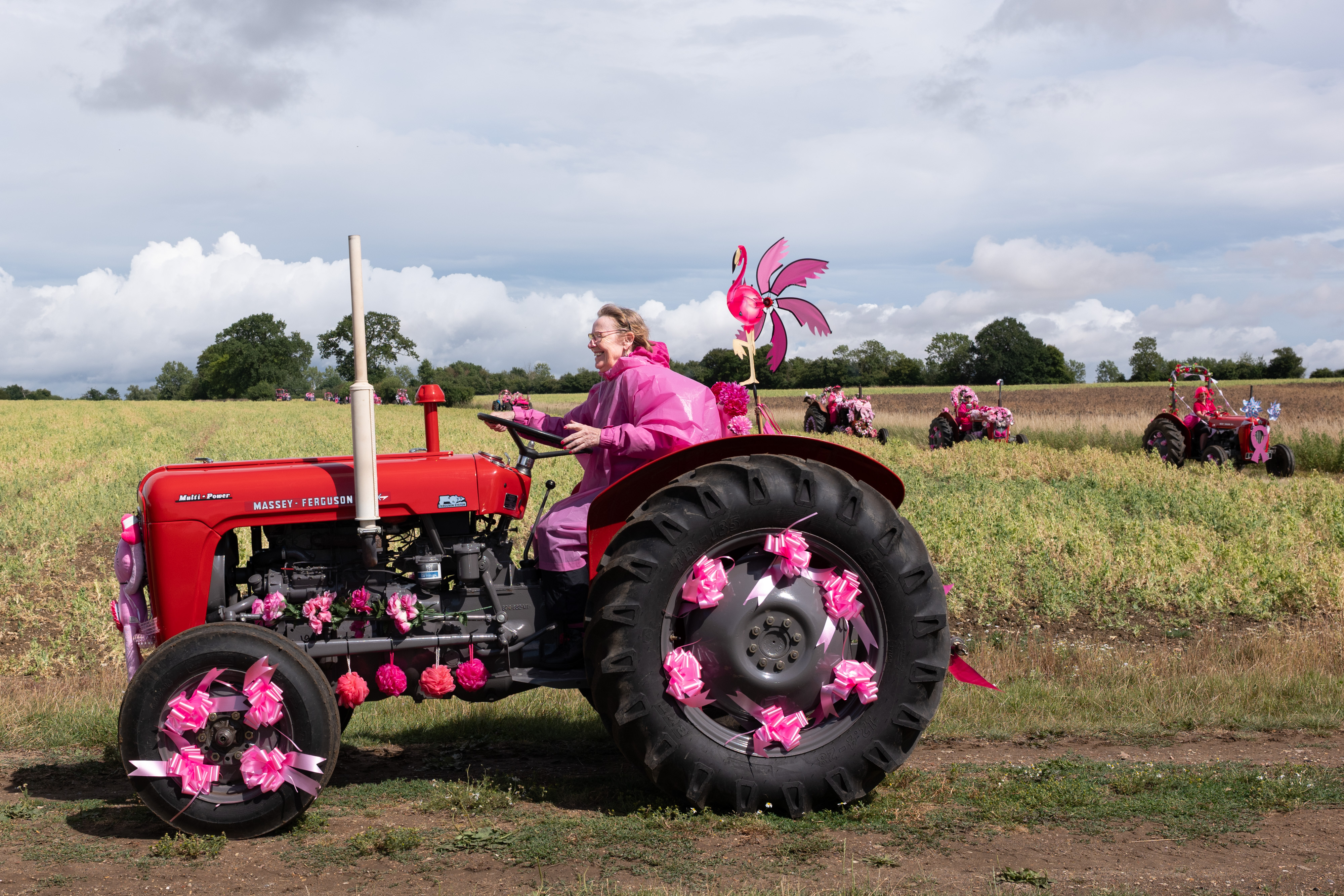
Leica SL3-S with 28-70 f2.8
37mm ISO320 1/1200 @ f7.1
The idea is to get a good shot of every one of the 200 ladies at 4 different locations - they go past at 10mph or so and the 200 tractors pass in about 40 minutes, so that’s about 12 seconds per tractor. Lots of concentration required.
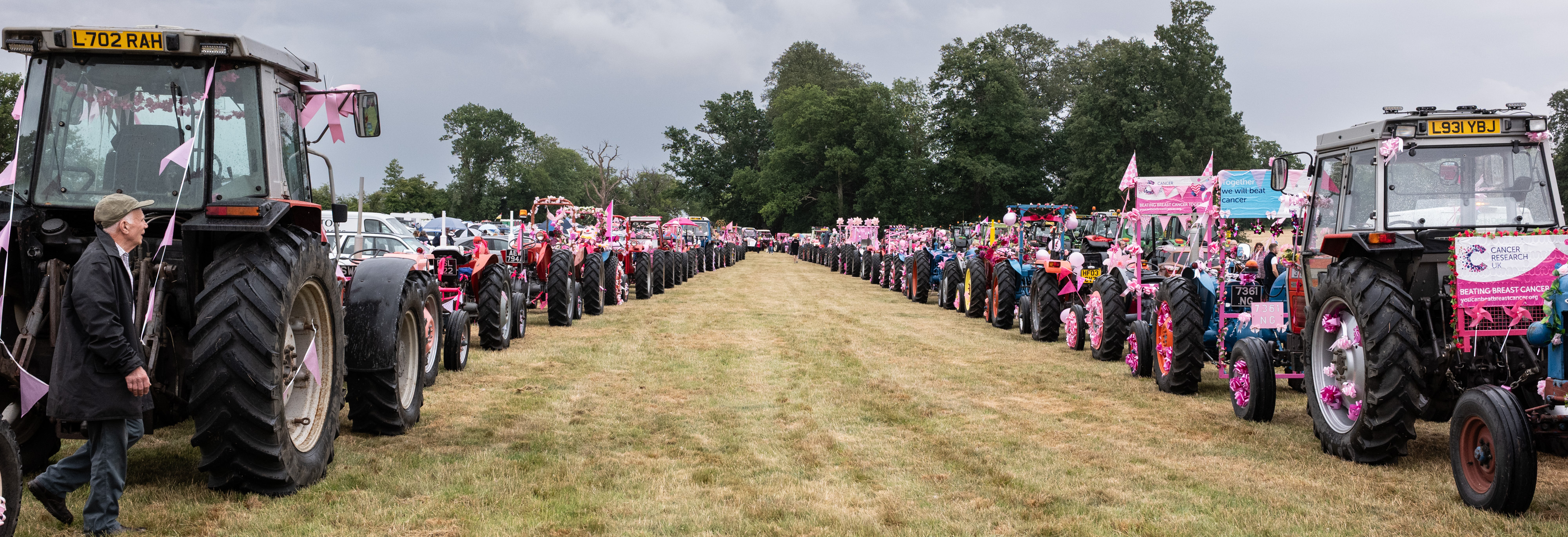
Raining cats and dogs!
Leica SL3-S with 28-70 f2.8
34mm ISO 1600 1/1250 @ f7.1
In 2024 I used an Olympus OM-1 ii for the Tractor Road Run, as I had a problem with my SL3 at the time. It performed really well, the face detection and incredible autofocus with its stacked sensor did a great job.
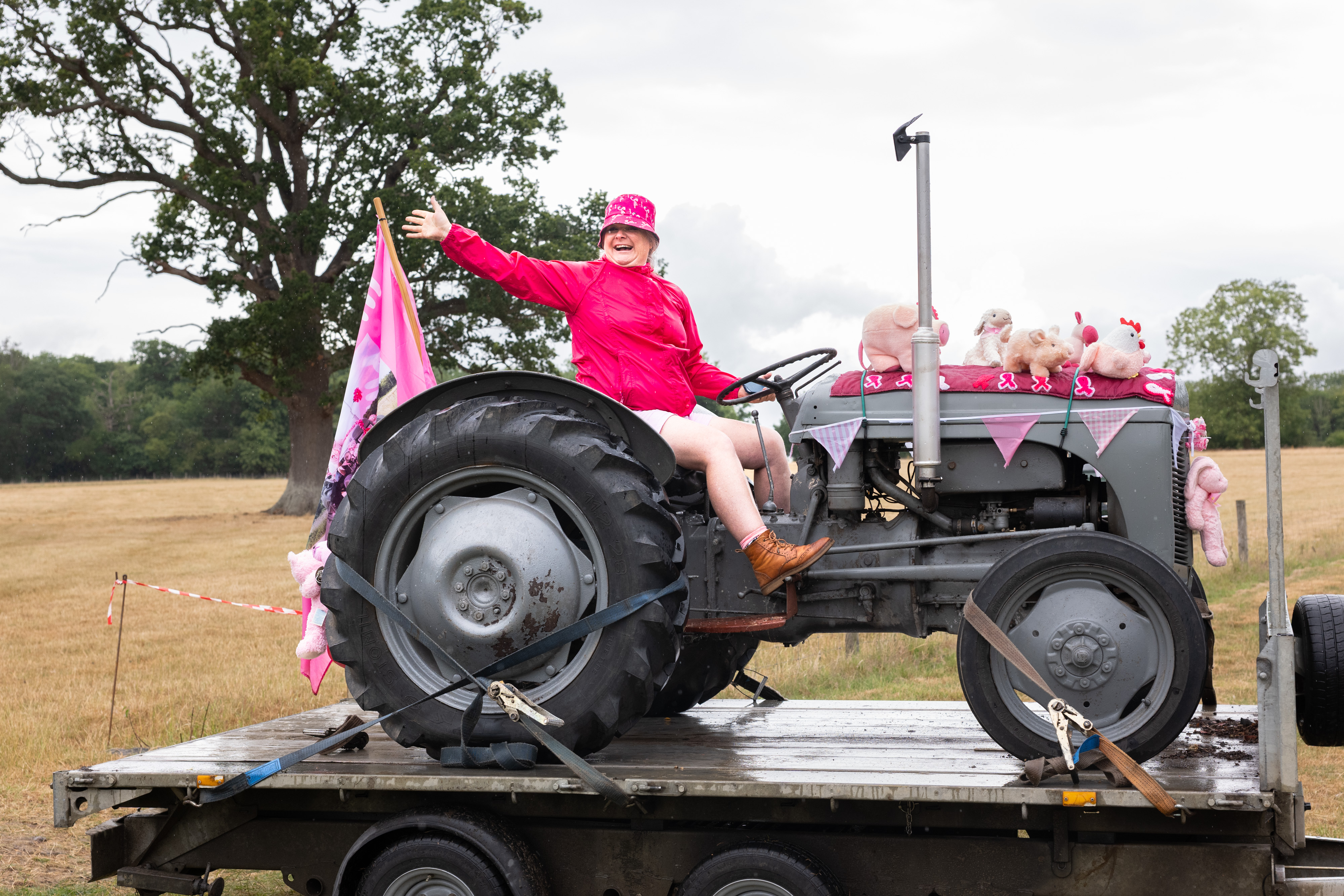
Sometimes the tractors break down!
Leica SL3-S with 28-70 f2.8
51mm ISO 1000 1/1250 @ f5
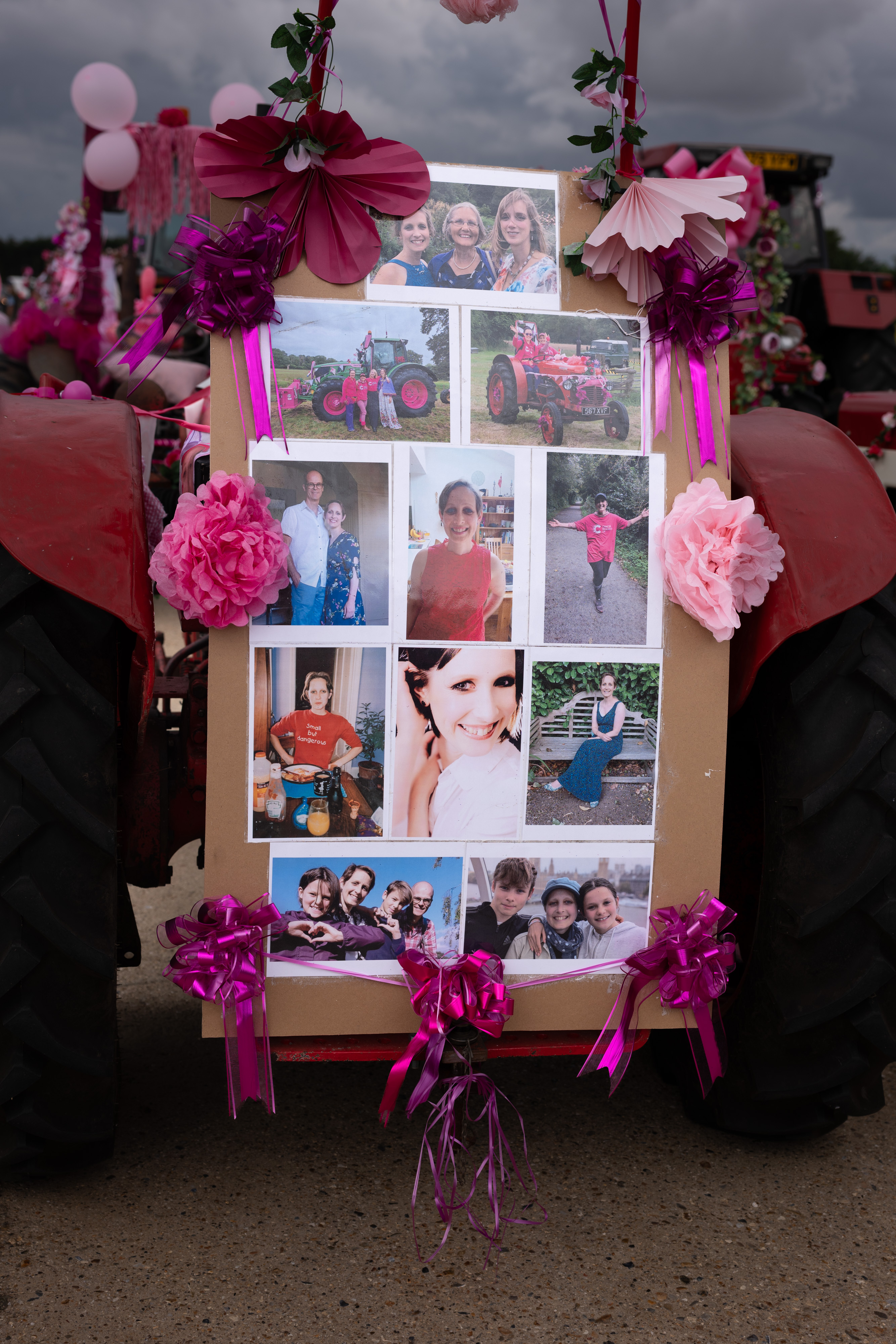
So Many Tragedies
Leica SL3-S with 28-70 f2.8
47mm ISO 100 1/1500 @ f4
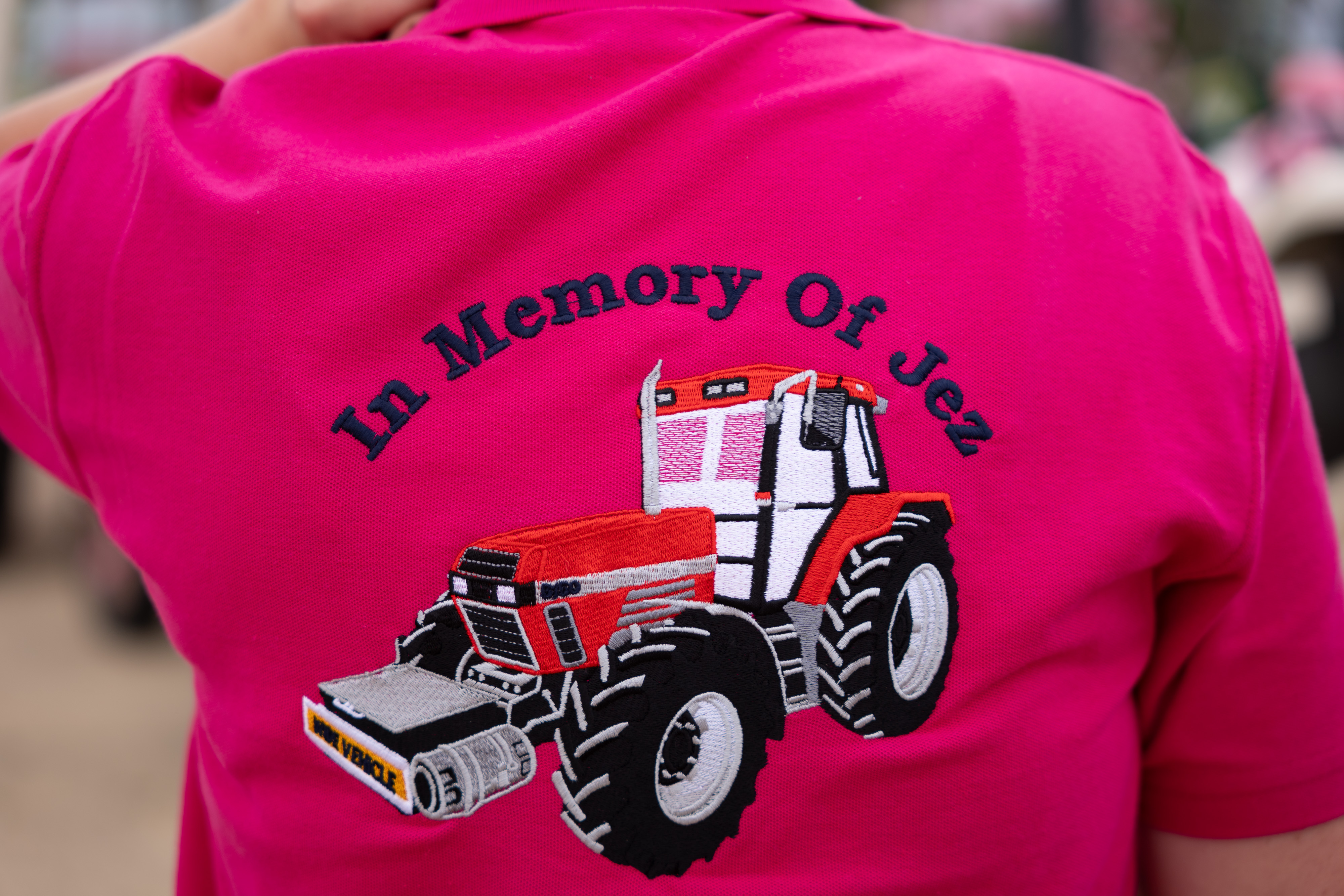
Leica SL3-S with 28-70 f2.8
70mm ISO 100 1/640 @ f2.8
The Pyrenean Sheepdog Show
We have had Pyrenean sheepdogs for getting on for 20 years now (Uny is our current bitch - you may have seen pictures!). Every year there is a breed show - the dogs are very zippy, and it’s a challenge keeping up with them at the best of times.
I used the SL3-S with the 28-70 and the 70-200 f2.8 Vario-Elmarit exclusively for the show, The animal detect mode worked very well.
Uny won 3rd prize in the post graduate bitch class, and a second in the best trick event (jumping into my arms)
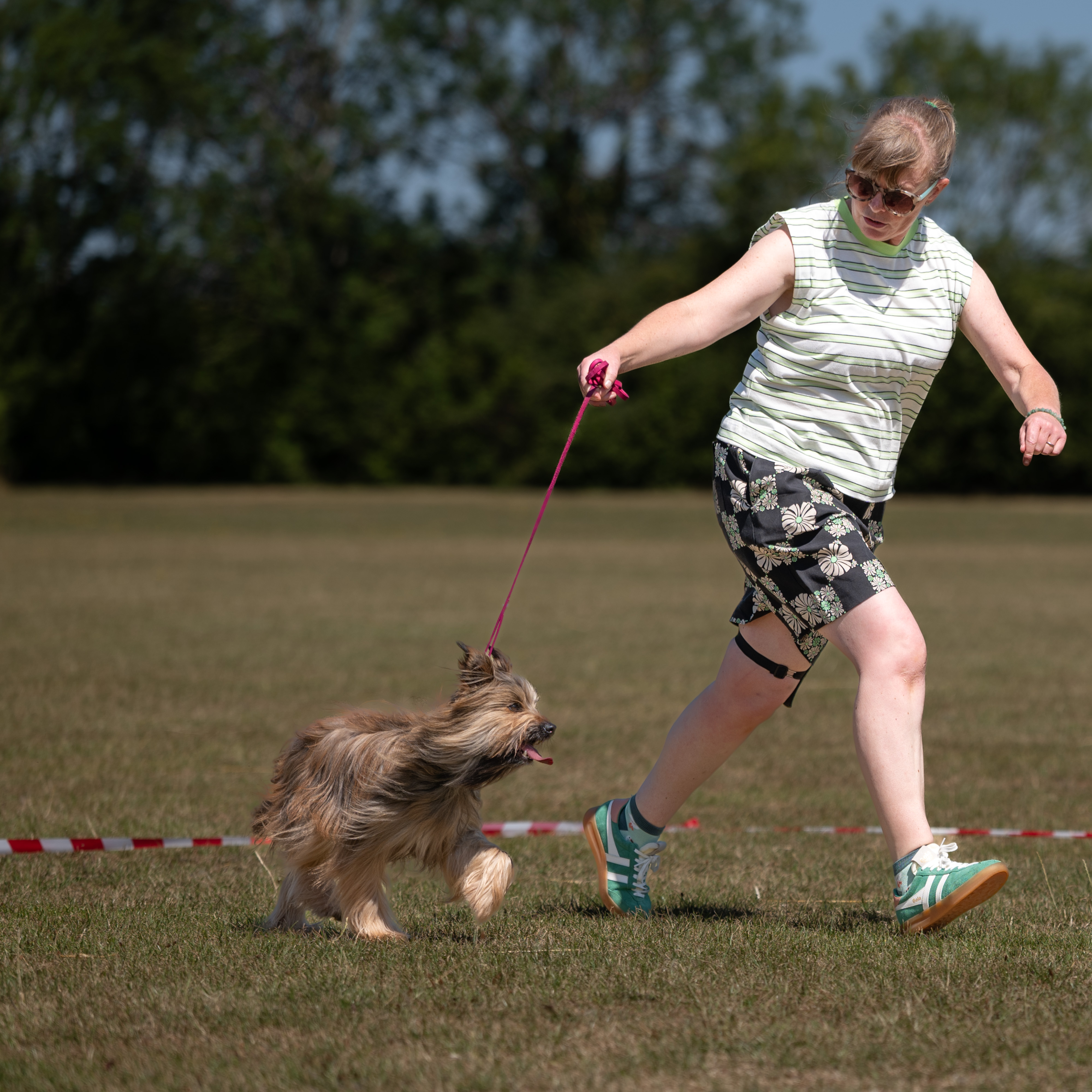
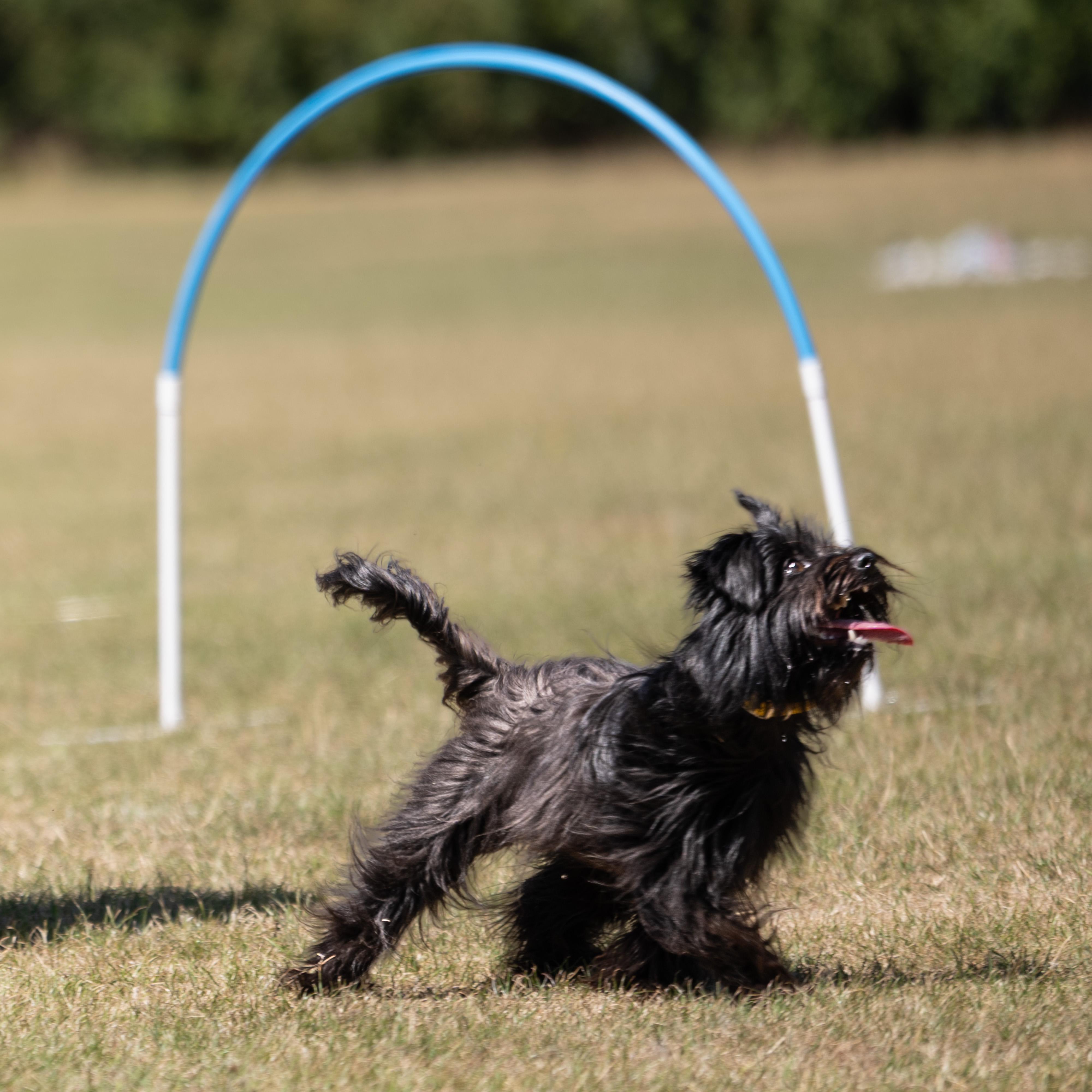
Leica SL3-S with the 70-200 f2.8
125 mm, ISO 800, 1/2000 sec @F3.2
Leica SL3-S with the 70-200 f2.8
172 mm, ISO 800, 1/1250 sec @F3.2
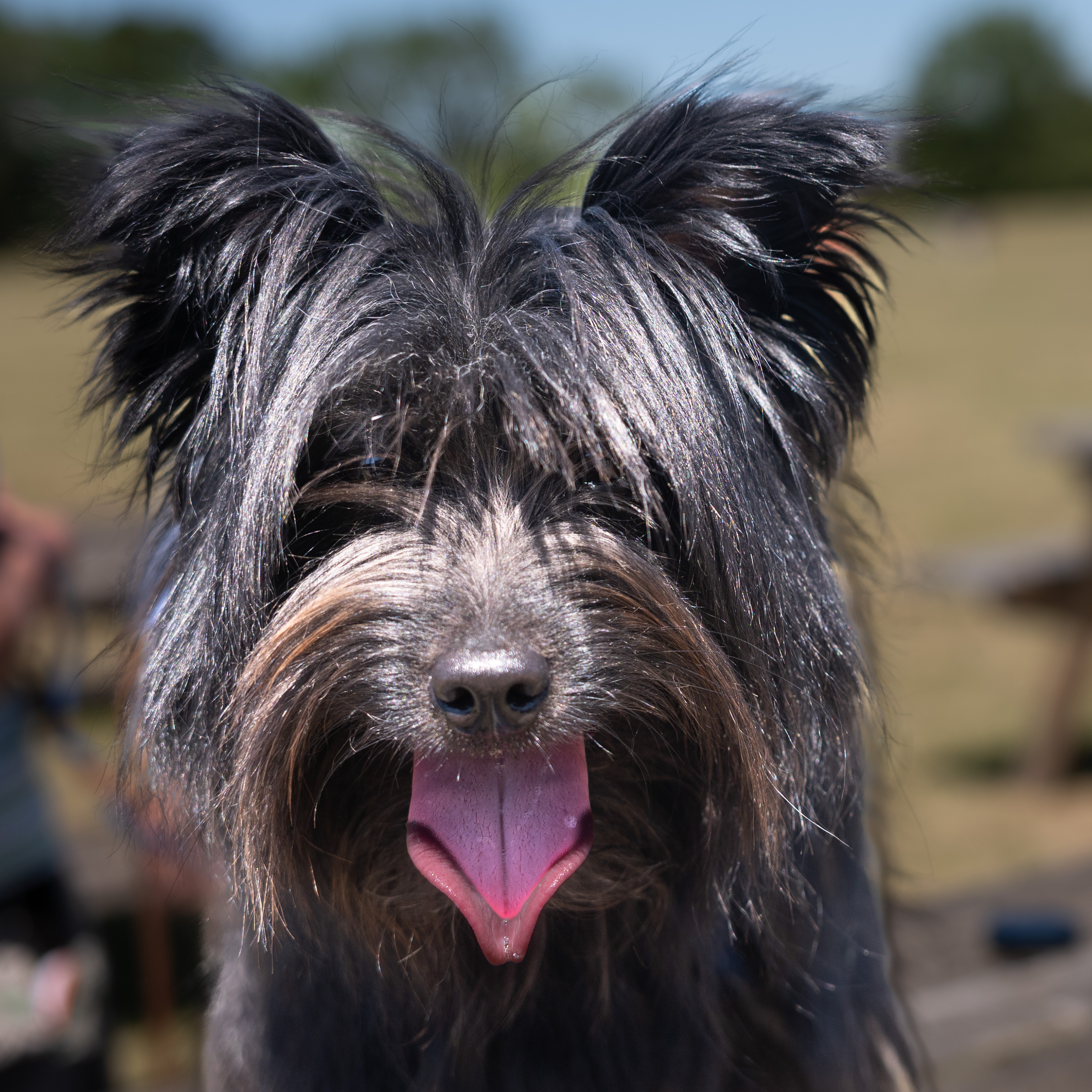
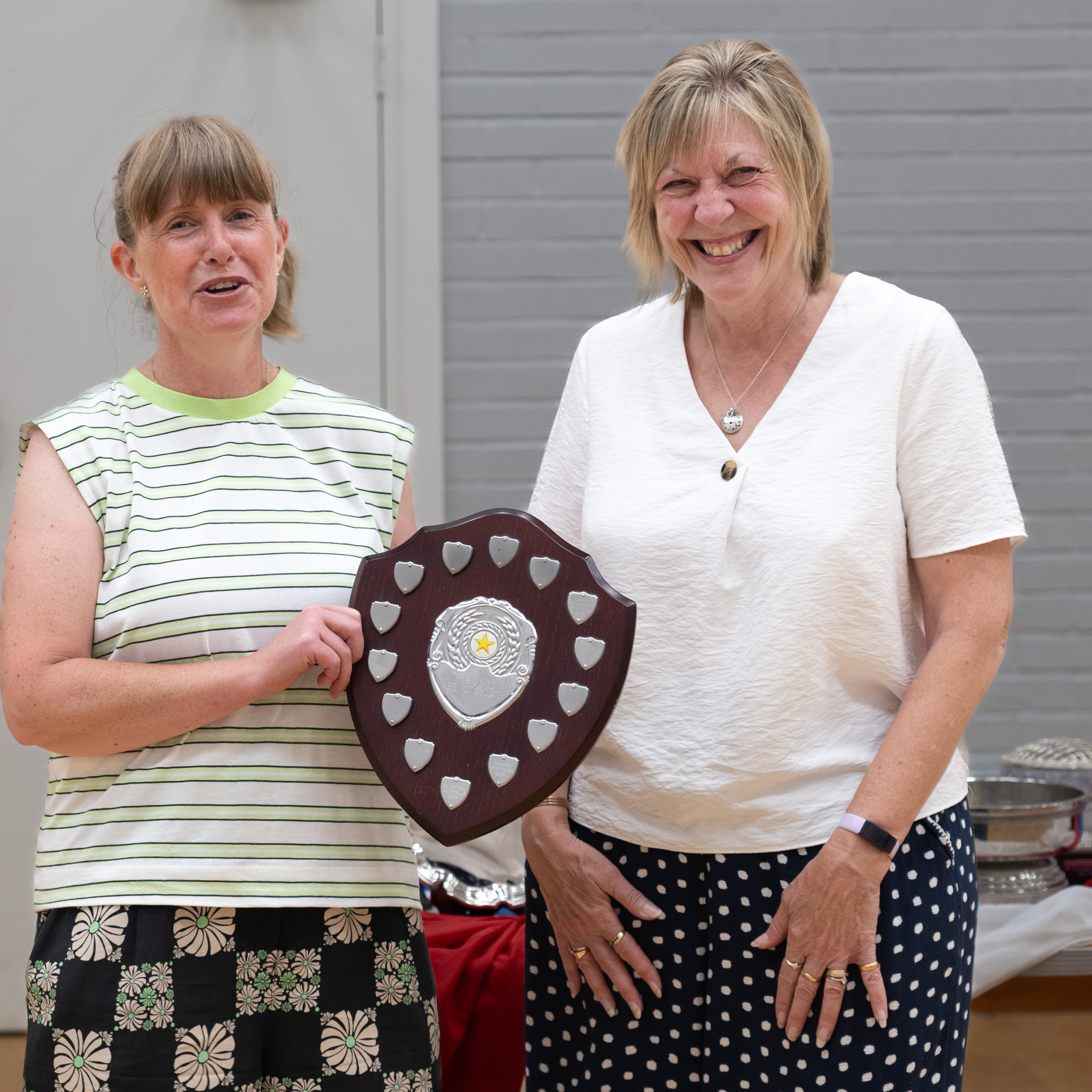
Leica SL3-S with the 28-70 f2.8
46mm, ISO 800, 1/100 sec @F2.8
Leica SL3-S with the 28-70 f2.8
63mm, ISO 800, 1/125 sec @F3.5
Extravaganza at the Coltsfoot Barn
This is a favourite gig of mine - I’ve been recording the fantastic musical parties there for about 20 years, there are always wonderful musicians, but also a lot of family fun. It’s the sort of gig that you would pay to photograph!
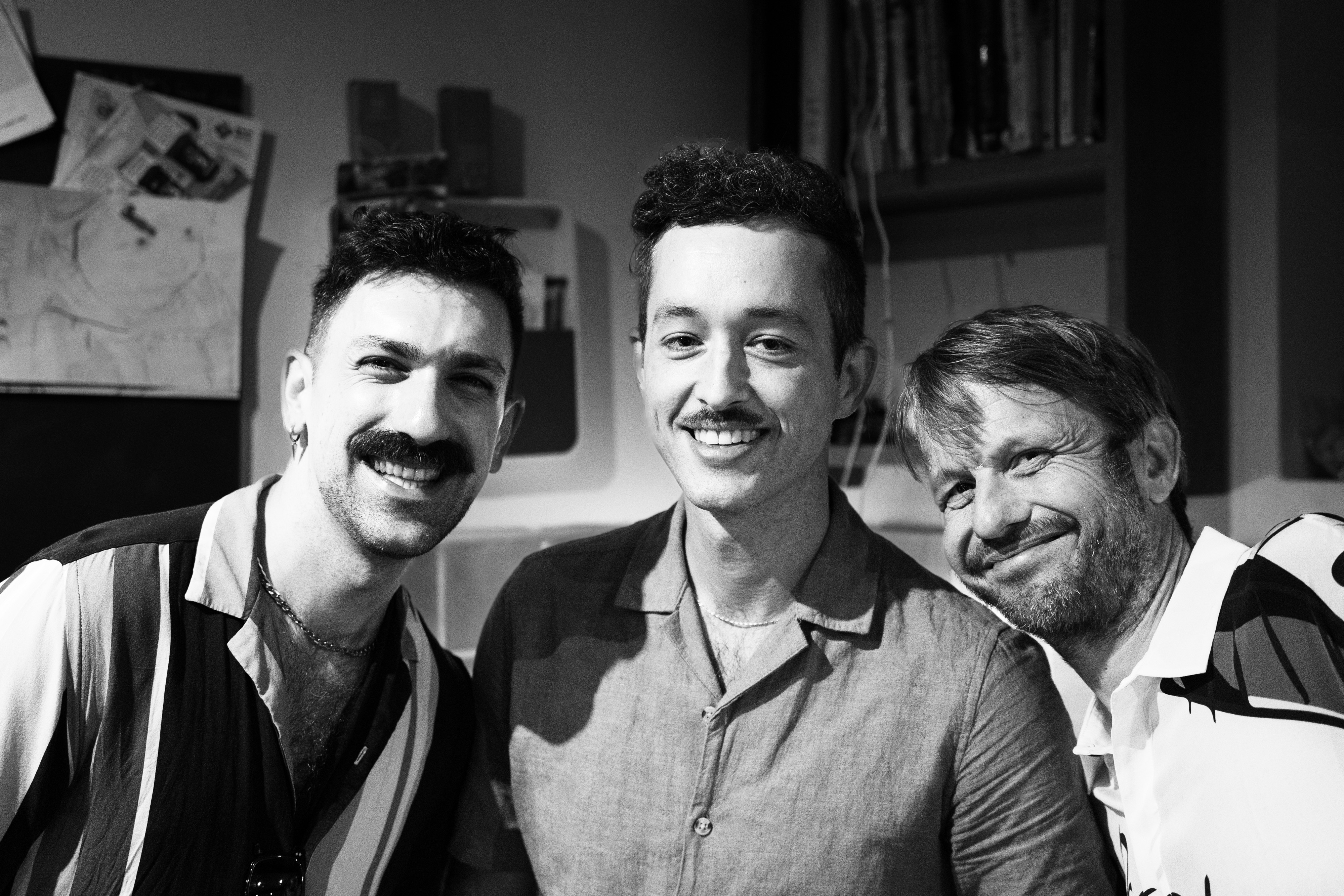
The boys are back in town
Leica SL3-S with 28-70 f2.8
42mm ISO 10000 1/200 @ f2.8
But the lighting, although lovely, is not bright, so these pictures are up to 50,000 ISO, I haven’t applied any noise reduction (although I might be guilty of cropping and the electronic equivalent of dodging and burning).
This year Johnny Johnson (a long time regular) opened the bill with a storming blues set. It was still light and the band were playing in front of a window, making the exposure tricky.
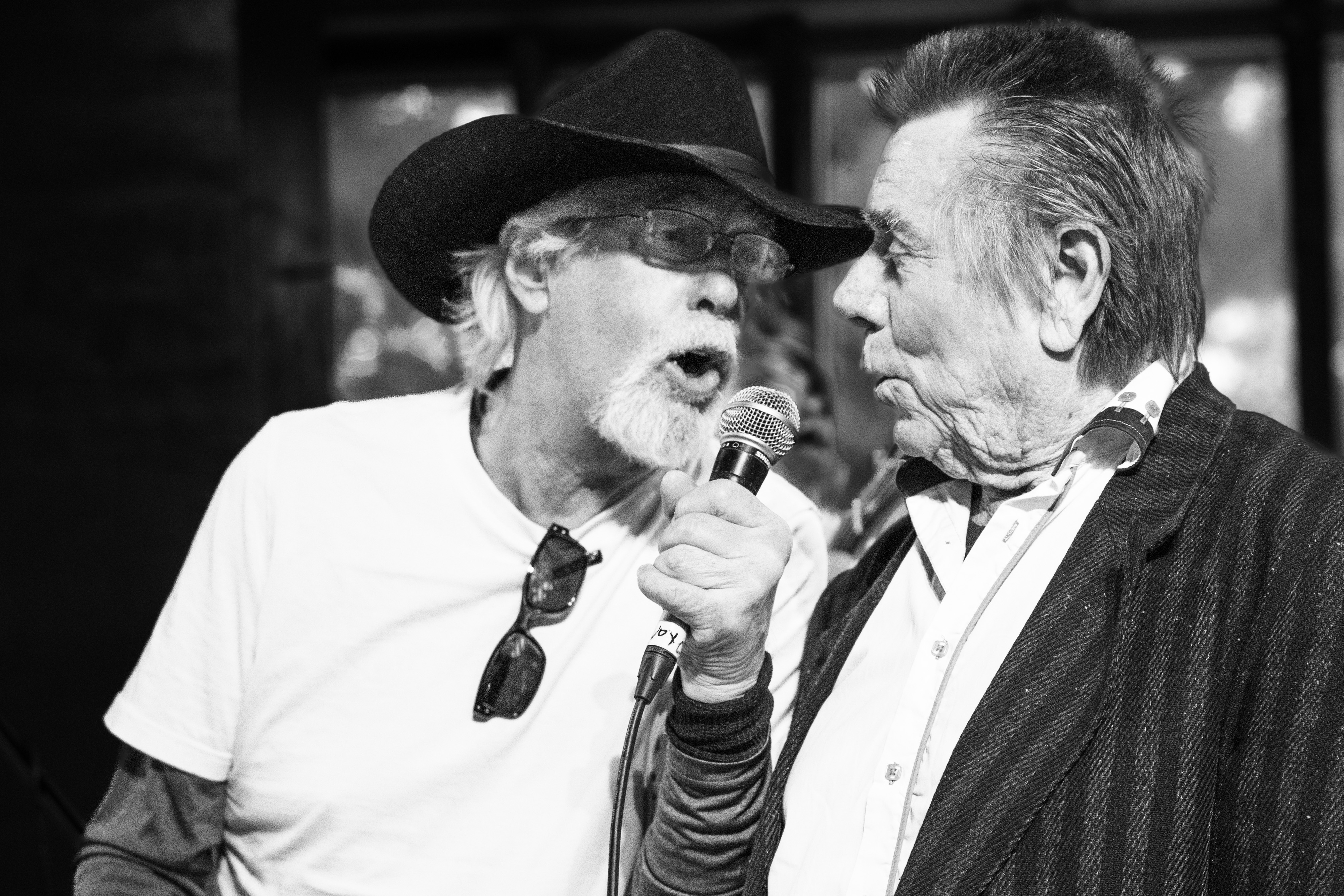
The oldies are back in town
Leica SL3-S with 28-70 f2.8
70mm ISO 10000 1/320 @ f2.8
After the interval Dai and the Ramblers played a wide range of jazz blues and Cajun music with guitar, violin and accordion, by this time it was dark outside and nailing the exposure was easy, but the light was very low. Still, focusing with the 28-70 was quick and efficient.
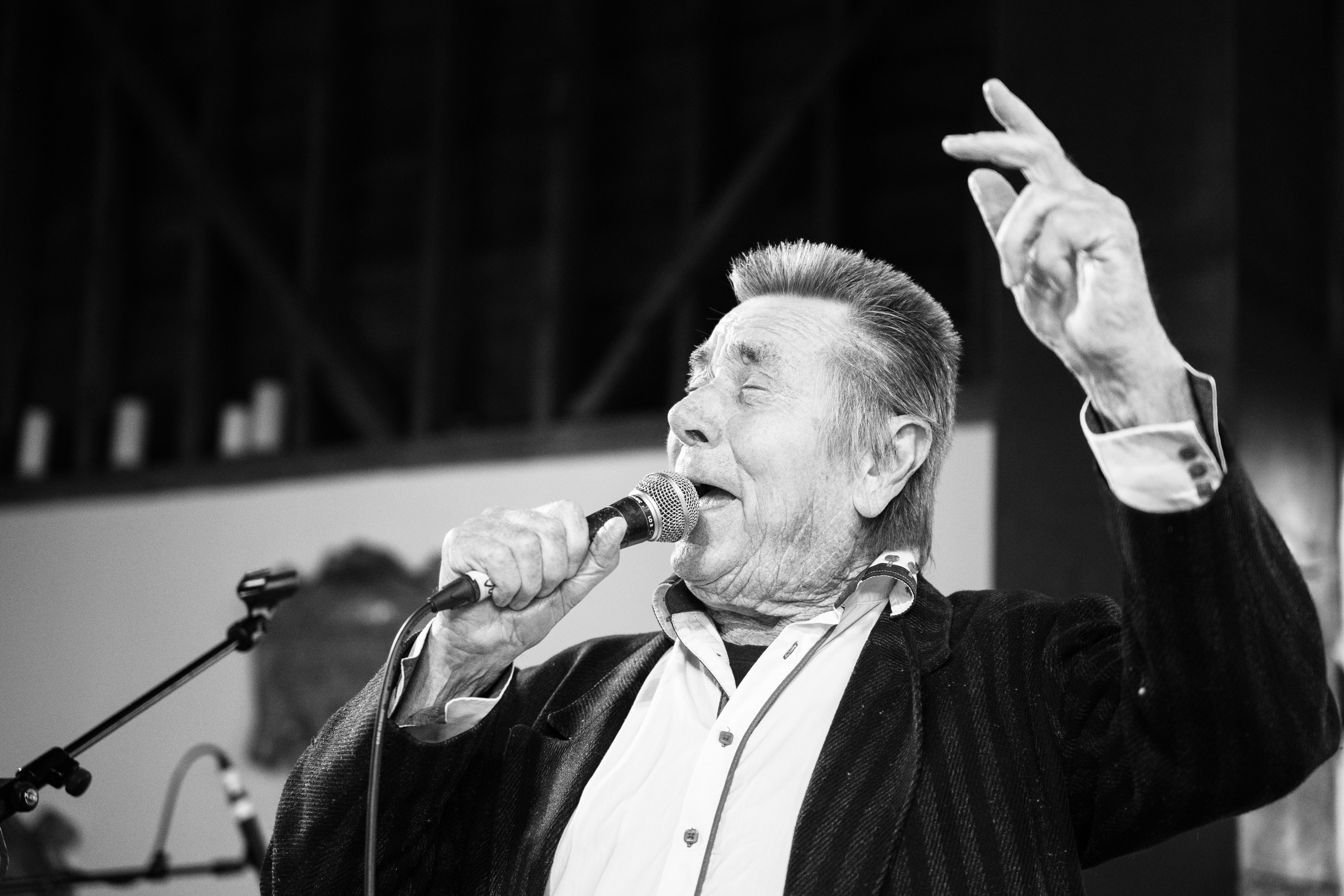
Johnny Johnson
Leica SL3-S with 28-70 f2.8
70mm ISO 8000 1/320 @ f2.8
The accordion player was Al Dunn, a long time member of the Boomtown Rats and session musician for many artists. He was magical to watch, and as you can see, a dream to photograph.
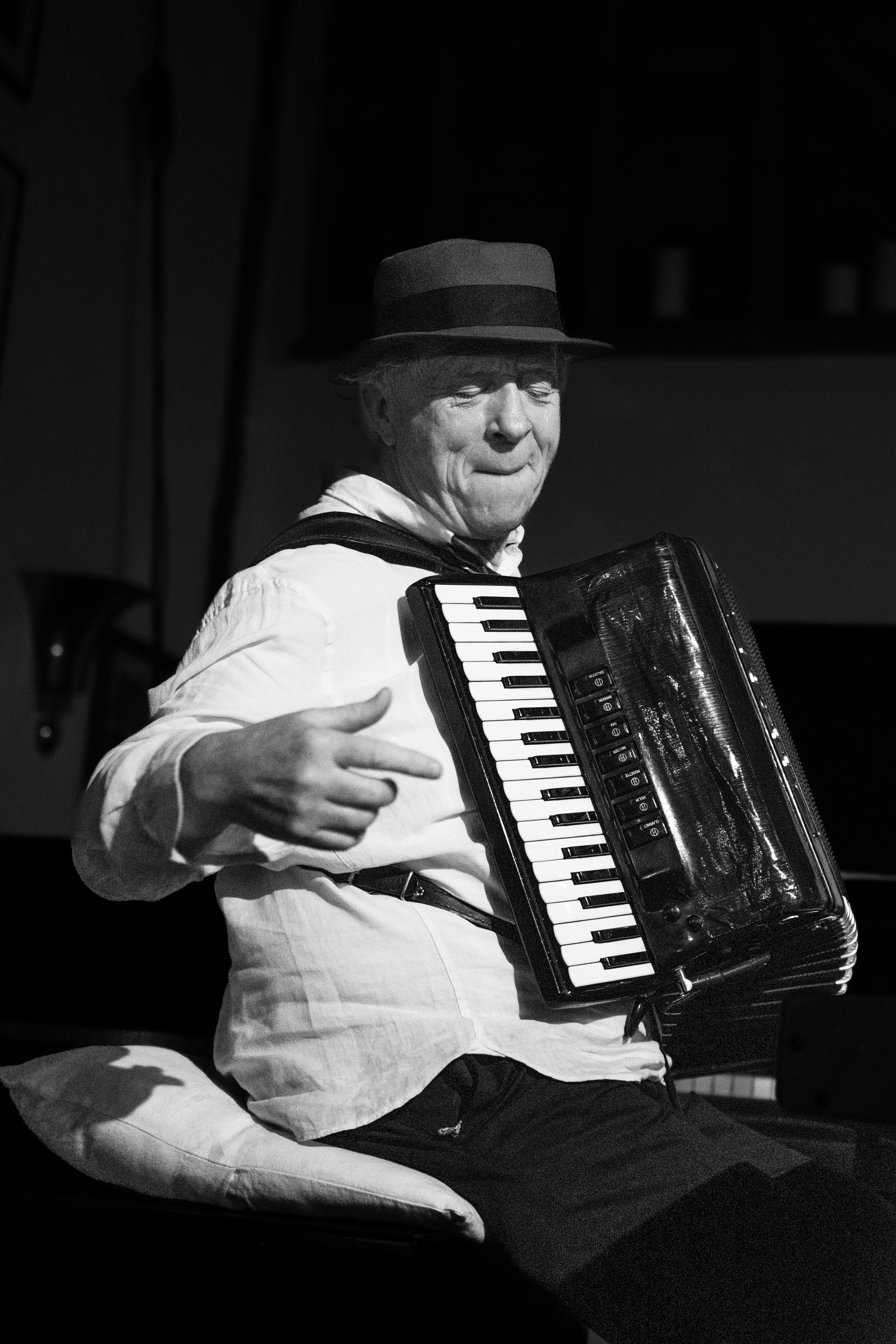
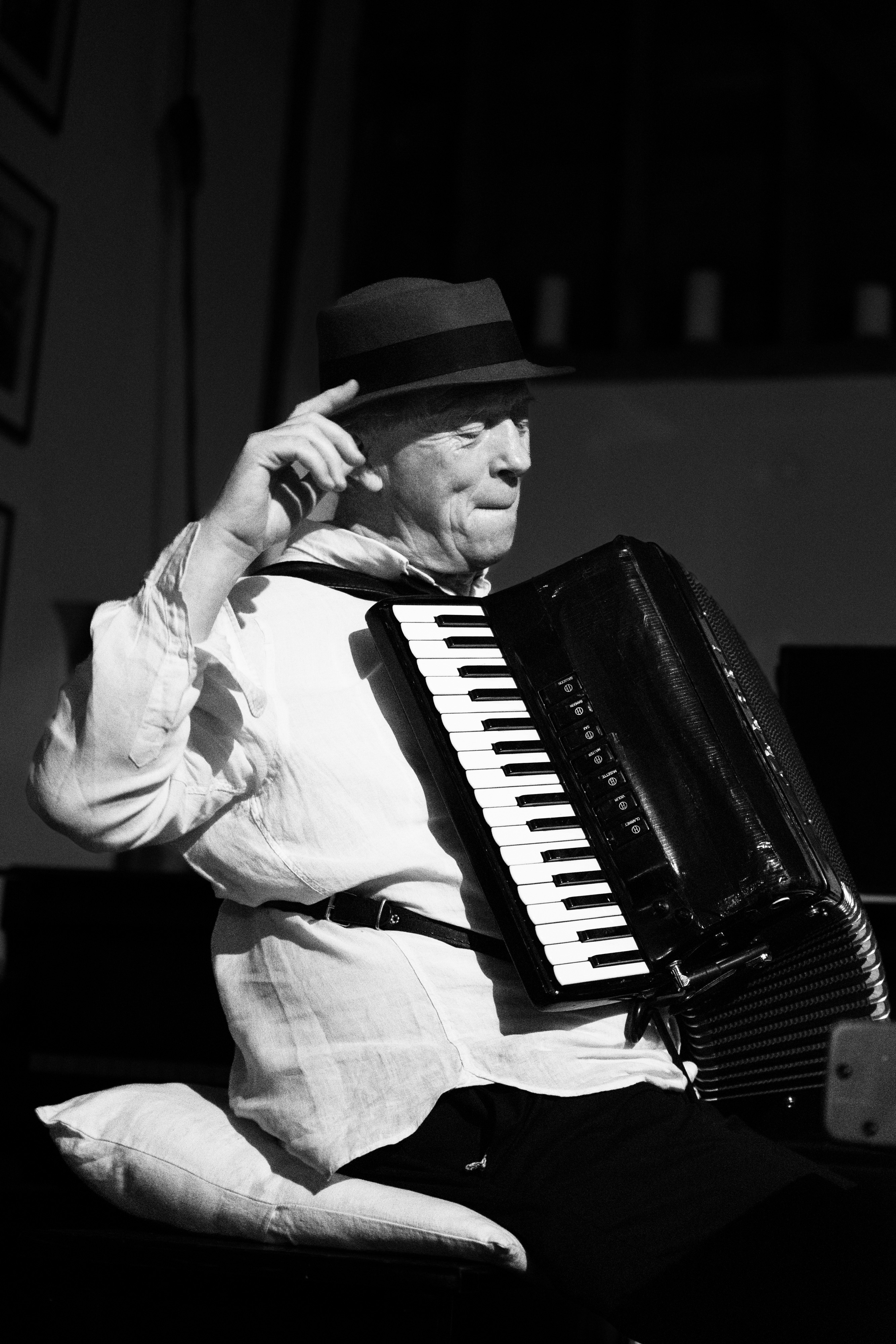
Al Dunn
Leica SL3-S with 28-70 f2.8
70mm ISO 16000 1/250 @ f2.8
Al Dunn
Leica SL3-S with 28-70 f2.8
70mm ISO 16000 1/250 @ f2.8
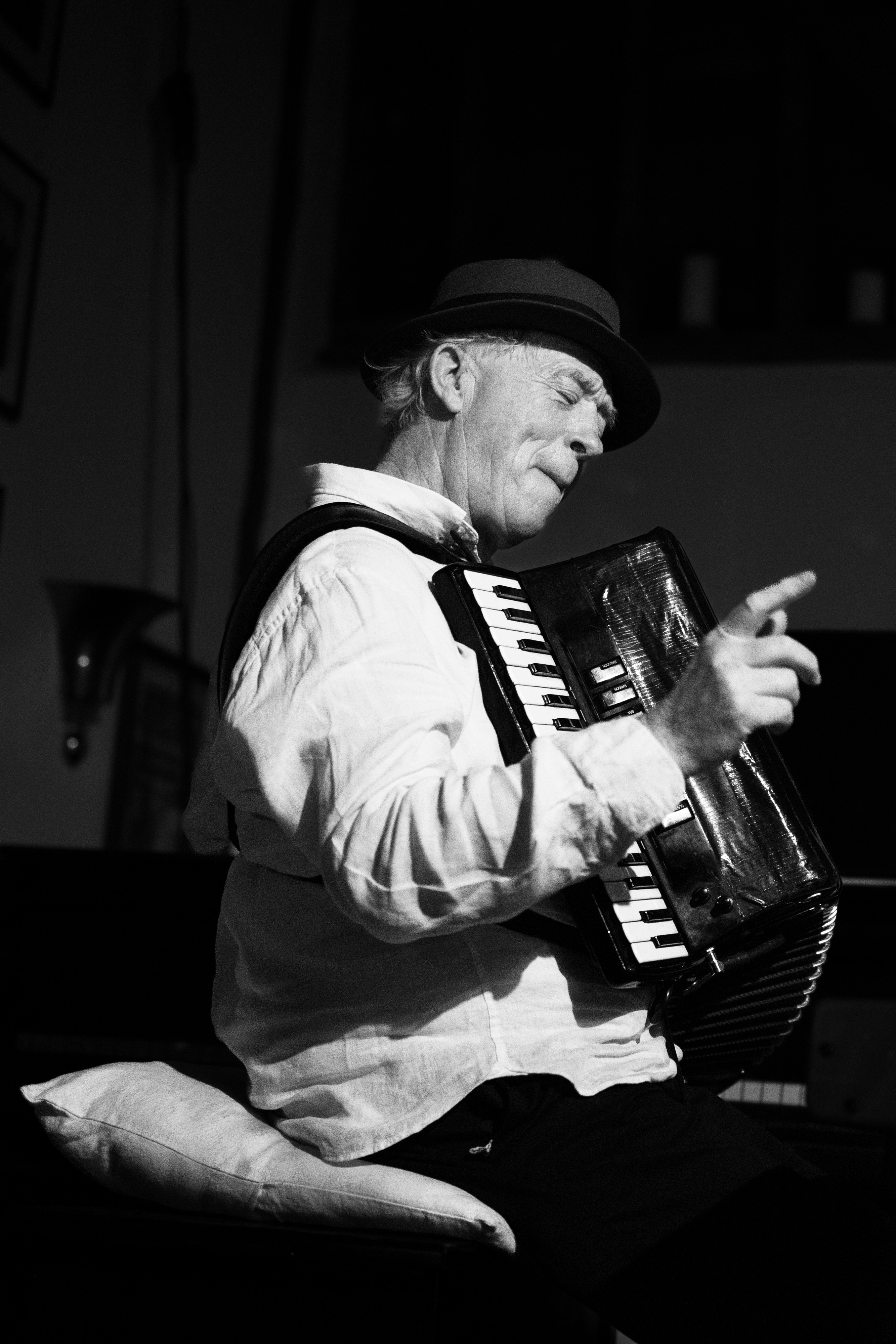
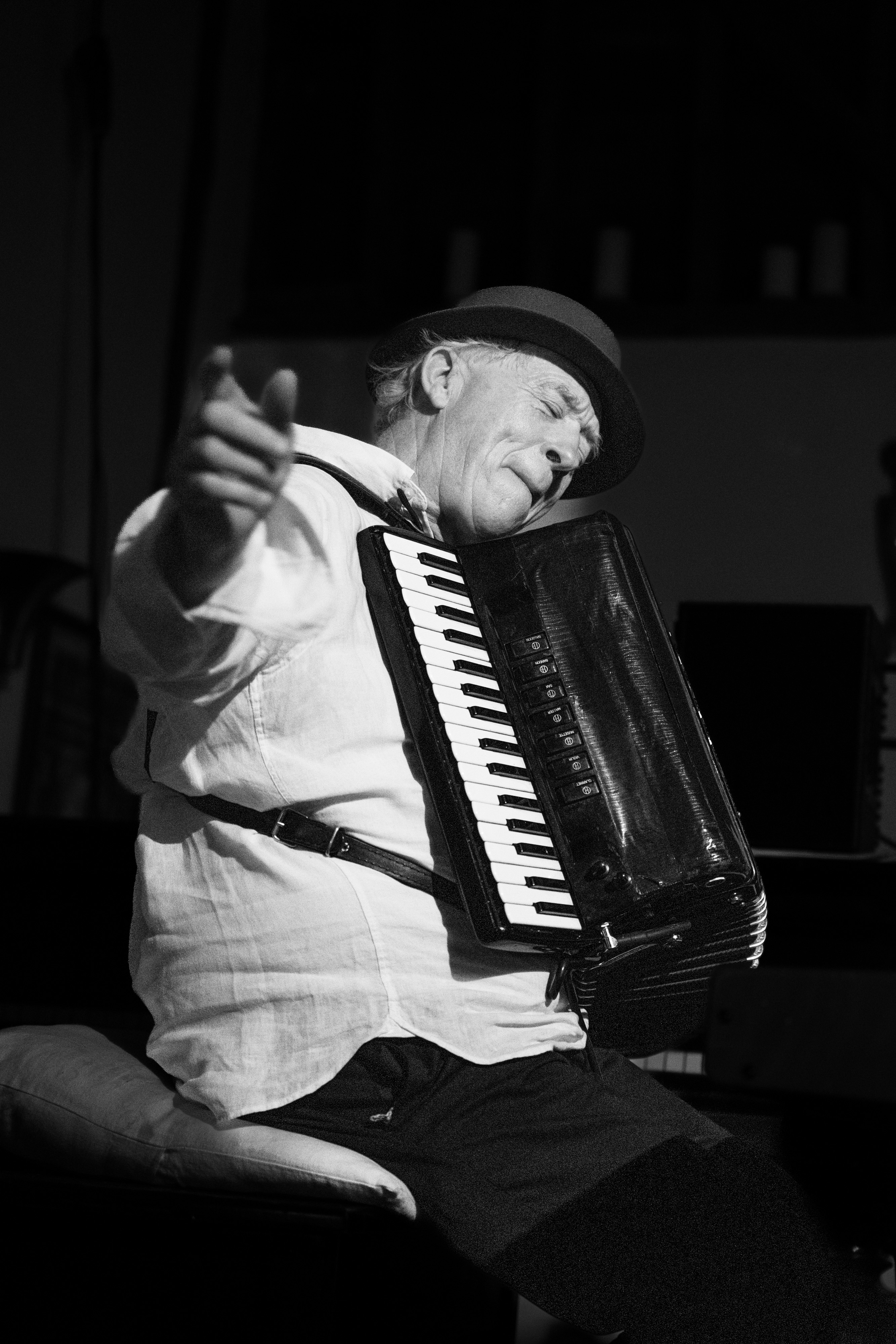
Al Dunn
Leica SL3-S with 28-70 f2.8
70mm ISO 12500 1/250 @ f2.8
Al Dunn
Leica SL3-S with 28-70 f2.8
70mm ISO 10000 1/250 @ f2.8
Final Thoughts
Well, lots of conclusions in reality. When I was reviewing the camera back in January I rather felt that Leica had missed a trick by not using a stacked sensor like those in the recent batch of cameras from Sony, Canon and Nikon, and of course Olympus as well.
But full frame stacked sensors are expensive things, and it would have made the SL3-S a much more expensive camera (more than the SL3 I would imagine).
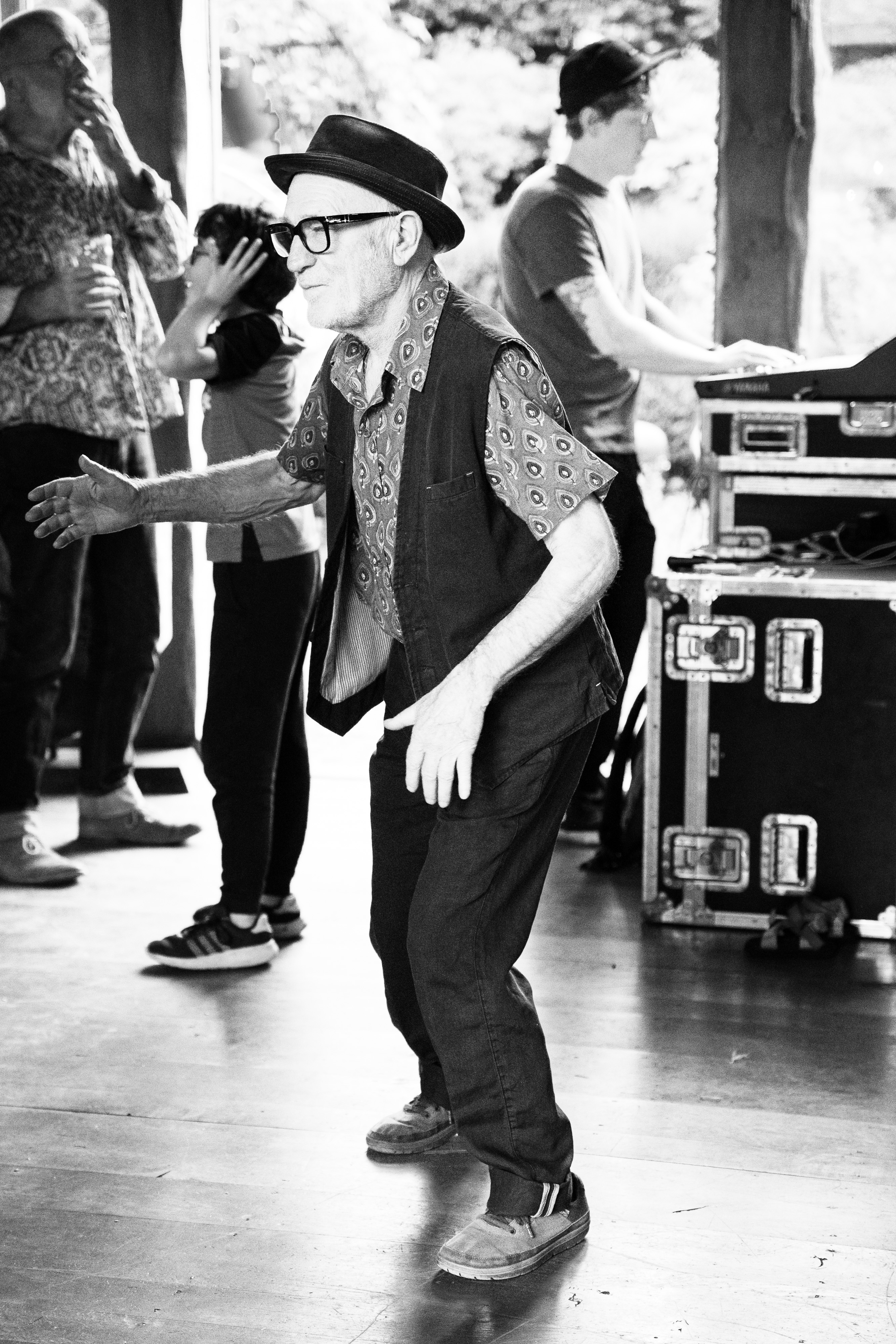
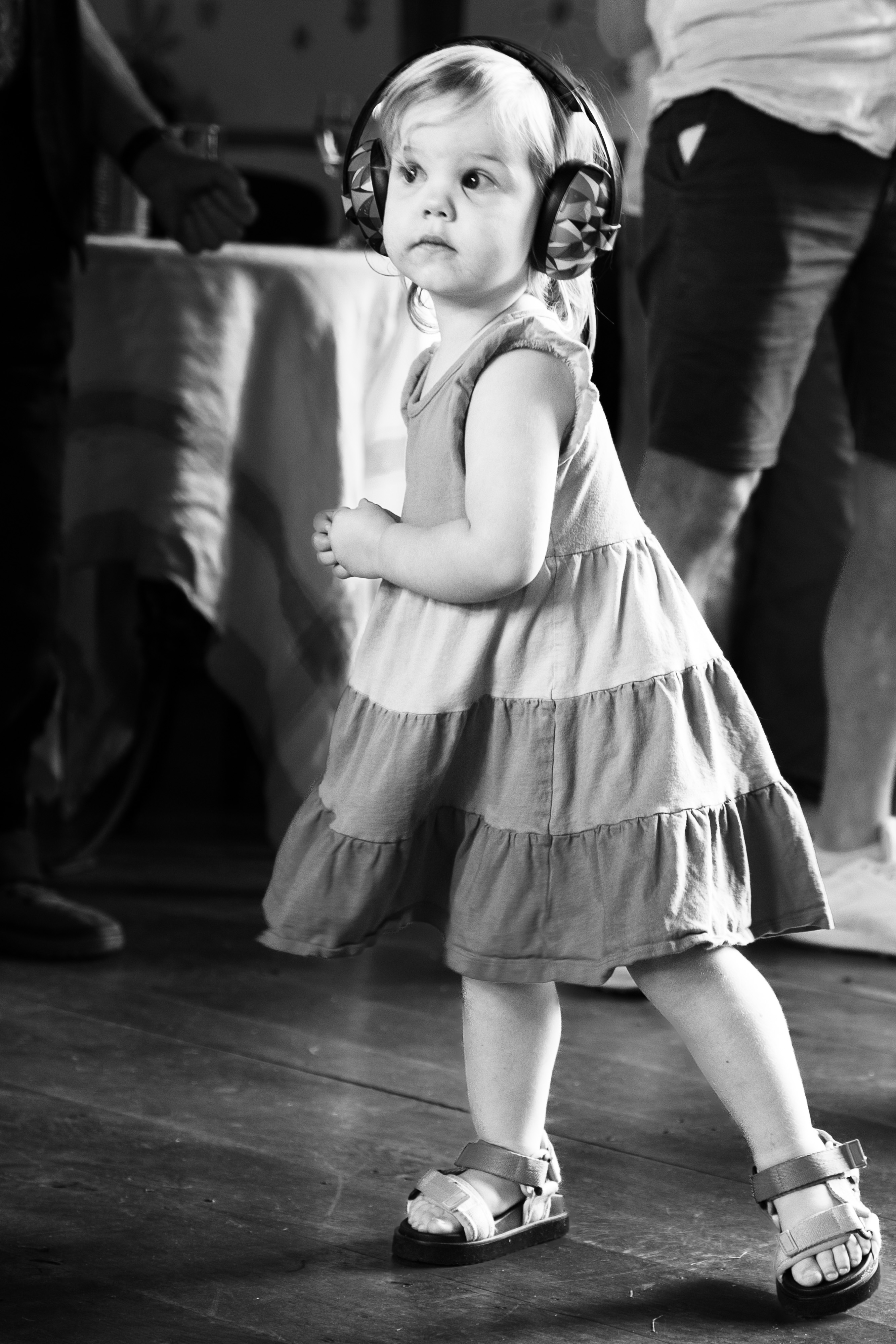
Dancing
Leica SL3-S with 28-70 f2.8
55mm ISO 12500 1/320 @ f2.8
Dancing
Leica SL3-S with 28-70 f2.8
57mm ISO 1000 1/125 @ f2.8
There is no doubt that stacked sensors are faster, and these flagship cameras probably have faster autofocus as well. But you have to ask yourself at what point you actually need this speed. All of these events required quick and accurate AF and often very good high ISO, what they didn’t require is blazing multi-shot mode and fantastic tracking.
In fact, any sort of continuous shooting at an event is best avoided; it’s bad enough having 1000 pictures to process afterwards . I can imagine that the Ladies Tractor Road Run shooting on drive mode might easily produce 5000 images!
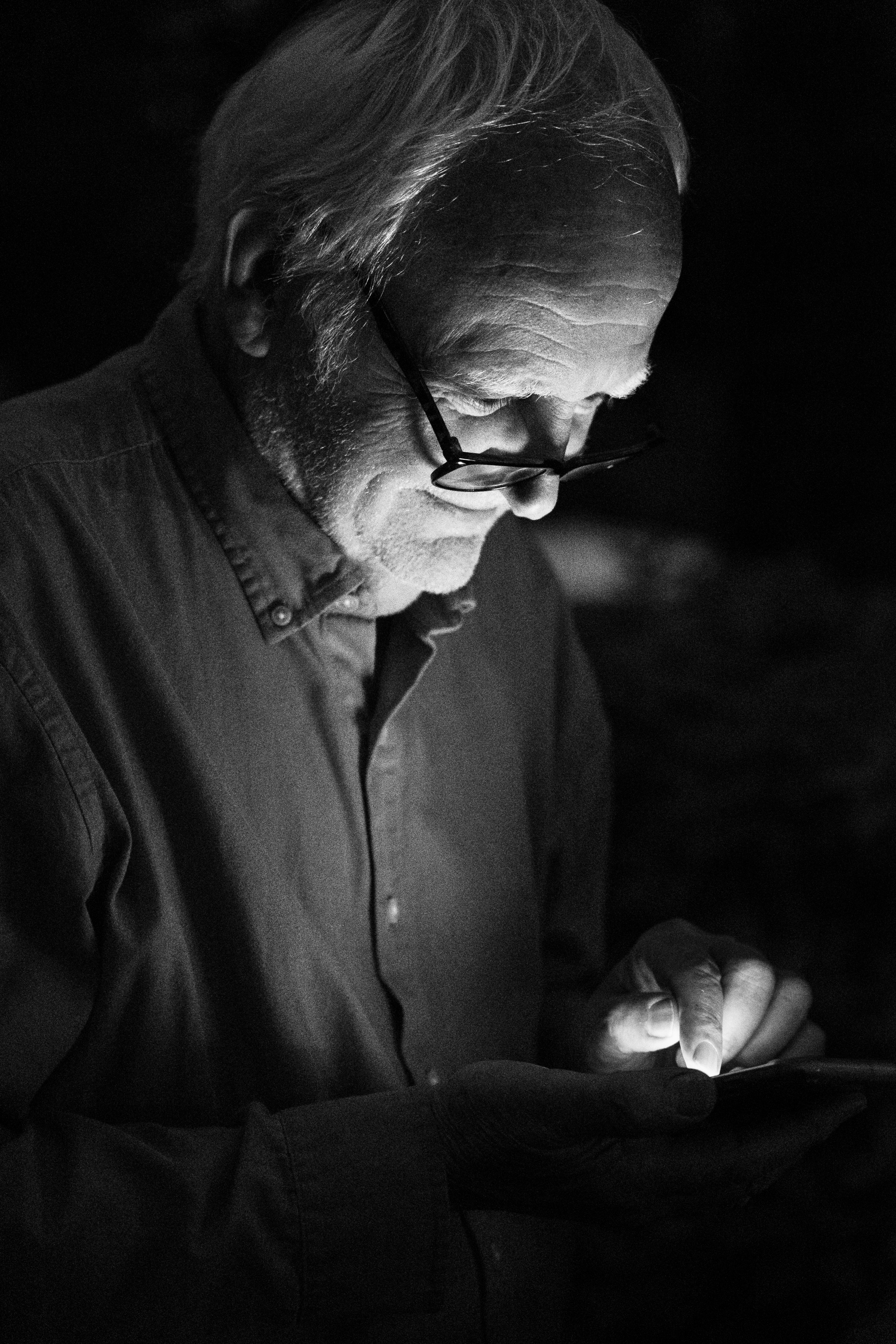
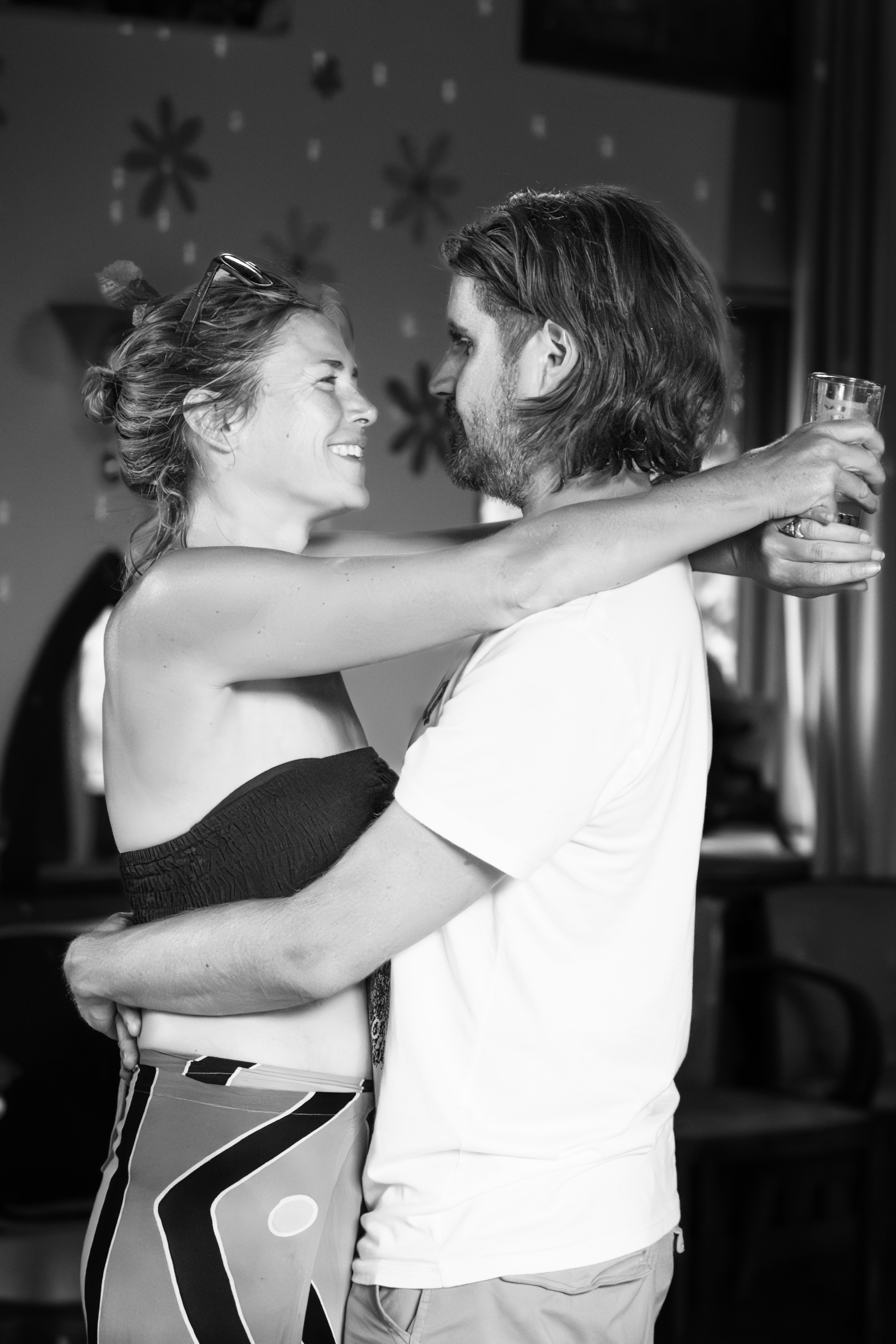
NSFW
Leica SL3-S with 28-70 f2.8
70mm ISO 50000 1/250 @ f2.8
Lovers
Leica SL3-S with 28-70 f2.8
70mm ISO 10000 1/320 @ f2.8
Stacked sensors are also less prone to ‘rolling shutter’ when using the electronic shutter (where fast moving objects appear distorted because of the time it takes to read the sensor sequentially). This can be a problem in sports shooting, but you are not obliged to use the electronic shutter under such circumstances.
Of course you can shoot any of the professional cameras in single shot mode, but if you don’t actually need that speed (and most of us don’t) then why pay for it?
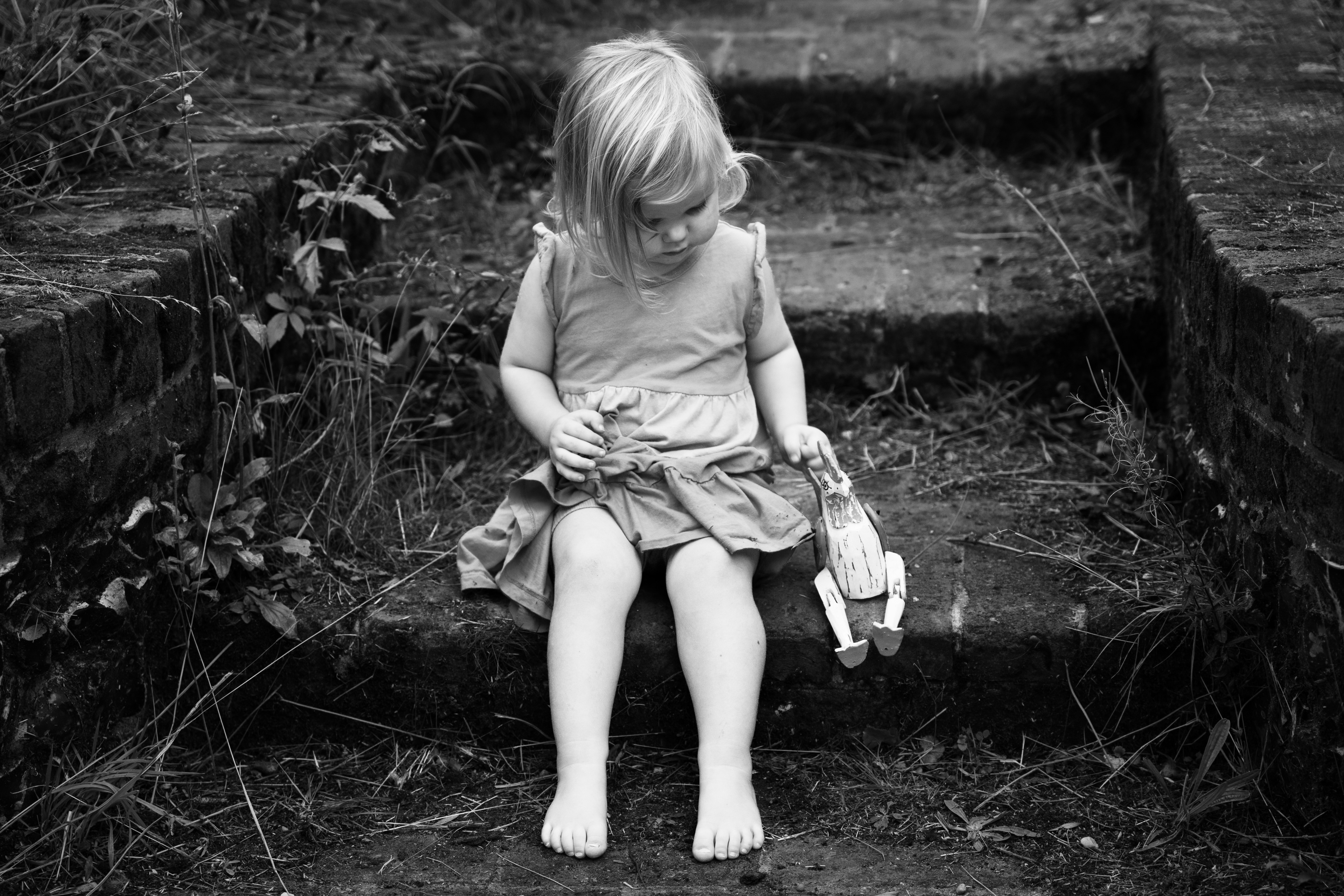
Intervals are Boring
Leica SL3-S with 28-70 f2.8
67mm ISO 640 1/320 @ f2.8
Shot to shot times on SL3-S are excellent, and for most event work it’s better to be prepared for that special moment than it is to be blitzing at 30 frames a second, but if you really want to, then the SL3-S supports AF at 30 frames per second!
But the advantages of the SL3-S are palpable and useful: Leica’s excellent logical interface, which keeps getting better. Fantastic configurable quick menu with simple and understandable options. Internally consistent user profiles which even covers the interface. It’s both intellectually and haptically satisfying
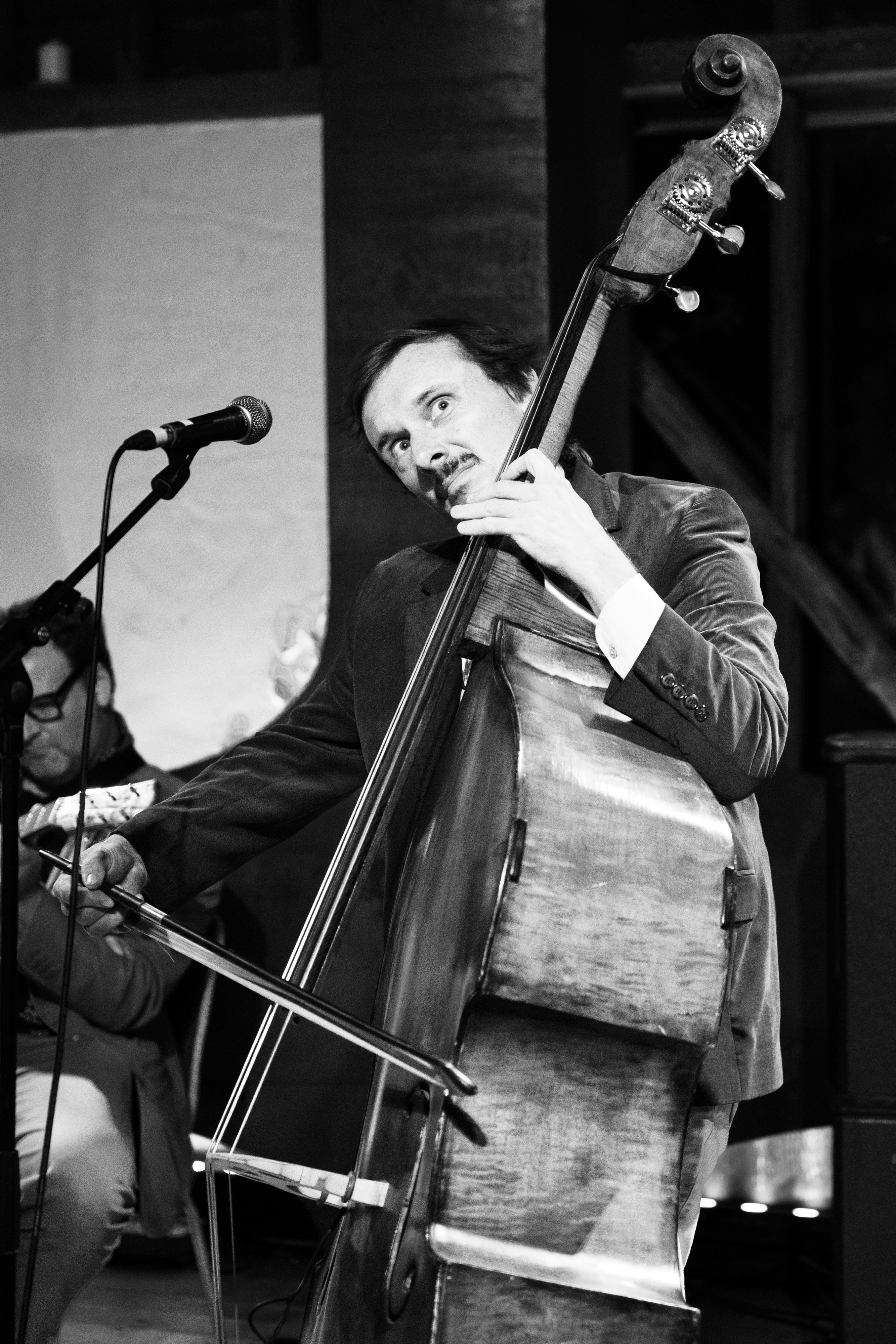
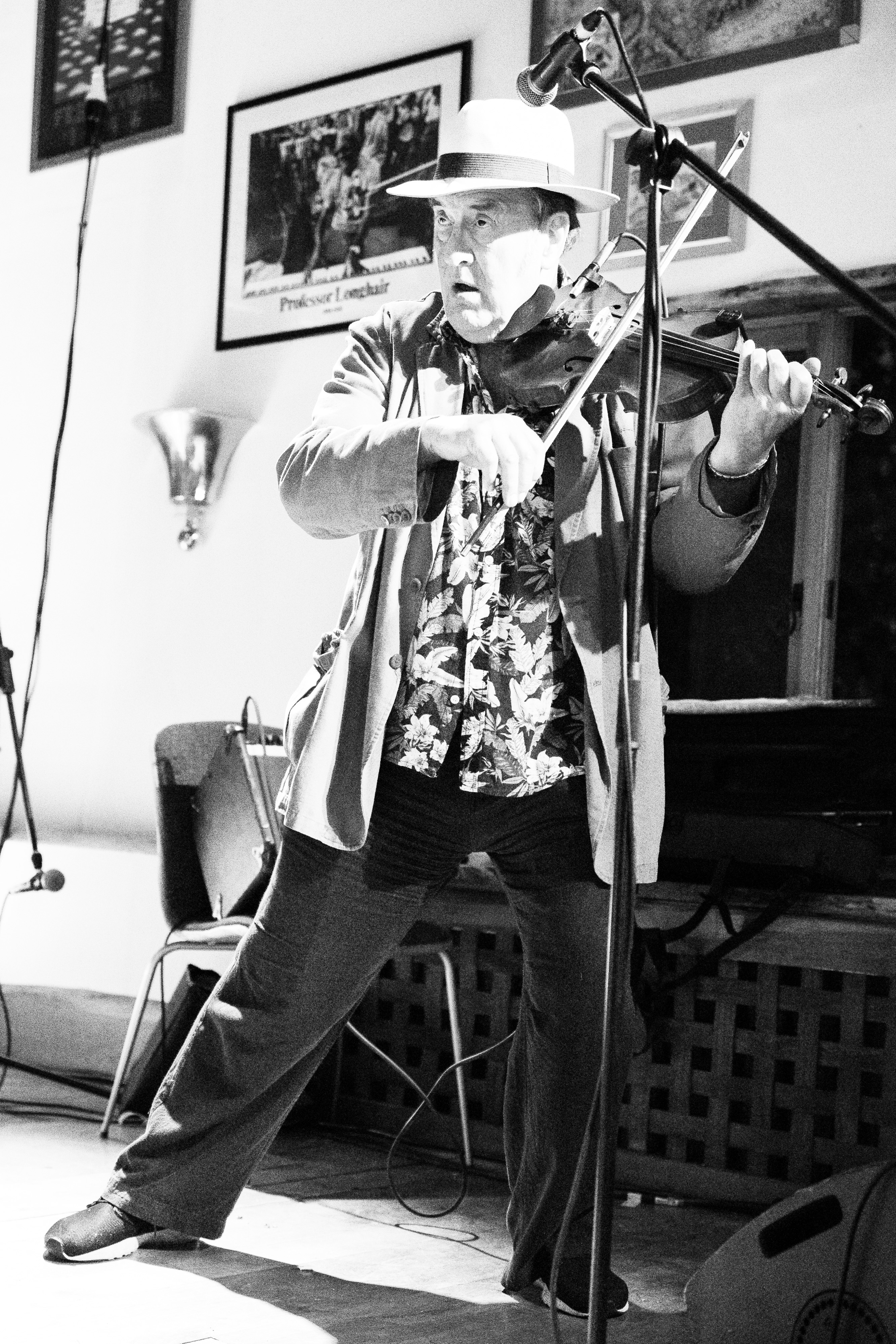
Rupert Gillett
Leica SL3-S with 28-70 f2.8
59mm ISO 10000 1/250 @ f2.8
Bob Loveday
Leica SL3-S with 28-70 f2.8
53mm ISO 50000 1/250 @ f2.8
Then there are the lenses. Not only do you have access to the wonderful Leica lenses, but also great L mount lenses made by Sigma, Panasonic and others. There is also proper support for all the Leica M lenses made since the early 50’s.
I don’t shoot video, but I understand that the SL3-S is a very competent video recorder. Indeed, as Ralf Ilgenfritz pointed out in my original SL3-S review, he would prefer to use it over his Sony cameras.
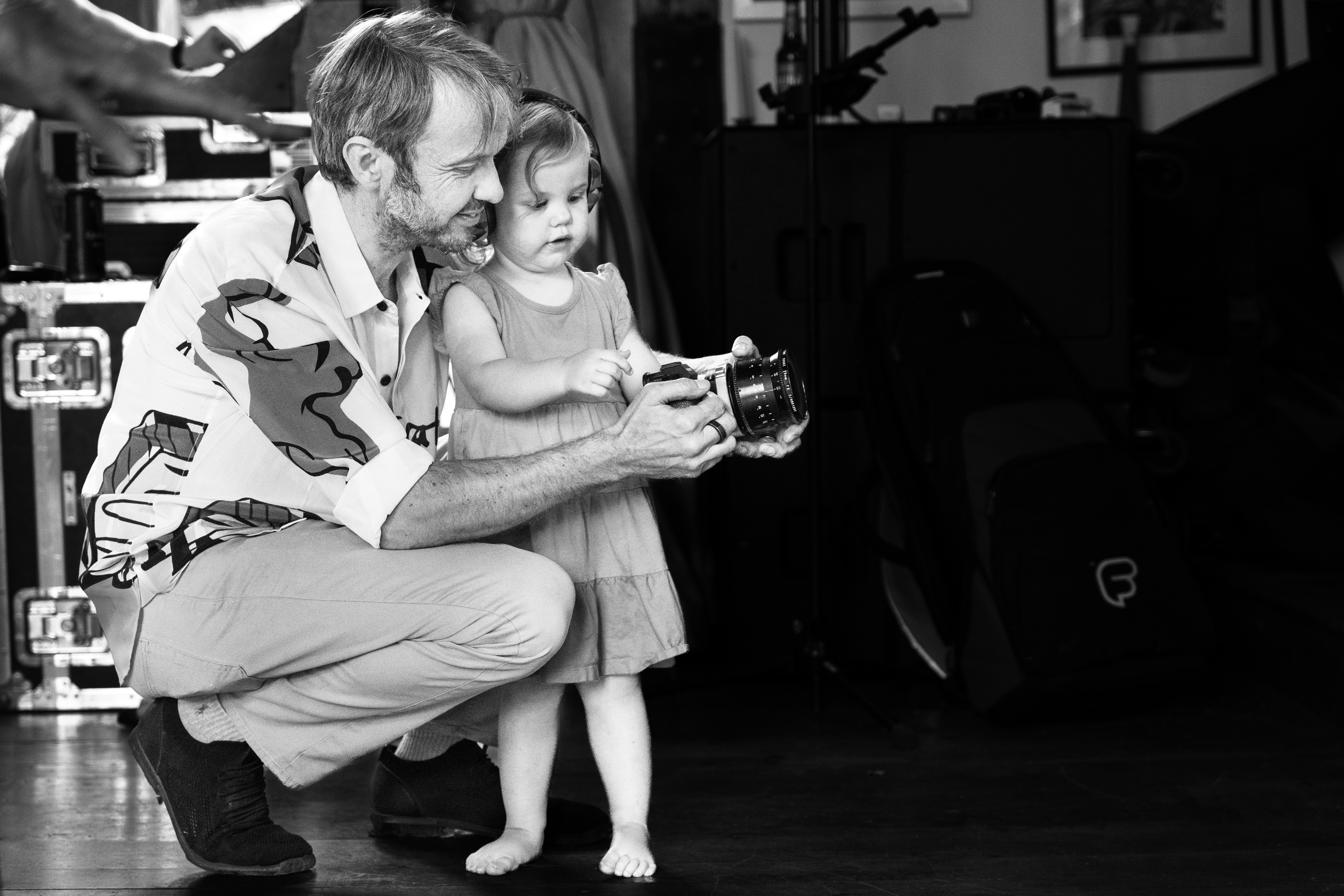
Teaching Daddy to do video with his nice vintage Cooke lens
Leica SL3-S with 28-70 f2.8
54mm ISO 8000 1/320 @ f2.8
Currently you can buy a kit with the SL3-S and the 28-70 for almost £1000 less than a Sony A1ii body, It’s nicer to use and it will probably hold its value a lot better, and the 28-70 is a really excellent lightweight lens.
My experience over these few months shooting events is that there really aren’t any downsides to the SL3-S, I’ve been getting an excellent hit rate; the auto Focus face / eye detection works well, and very high ISO is perfectly acceptable.
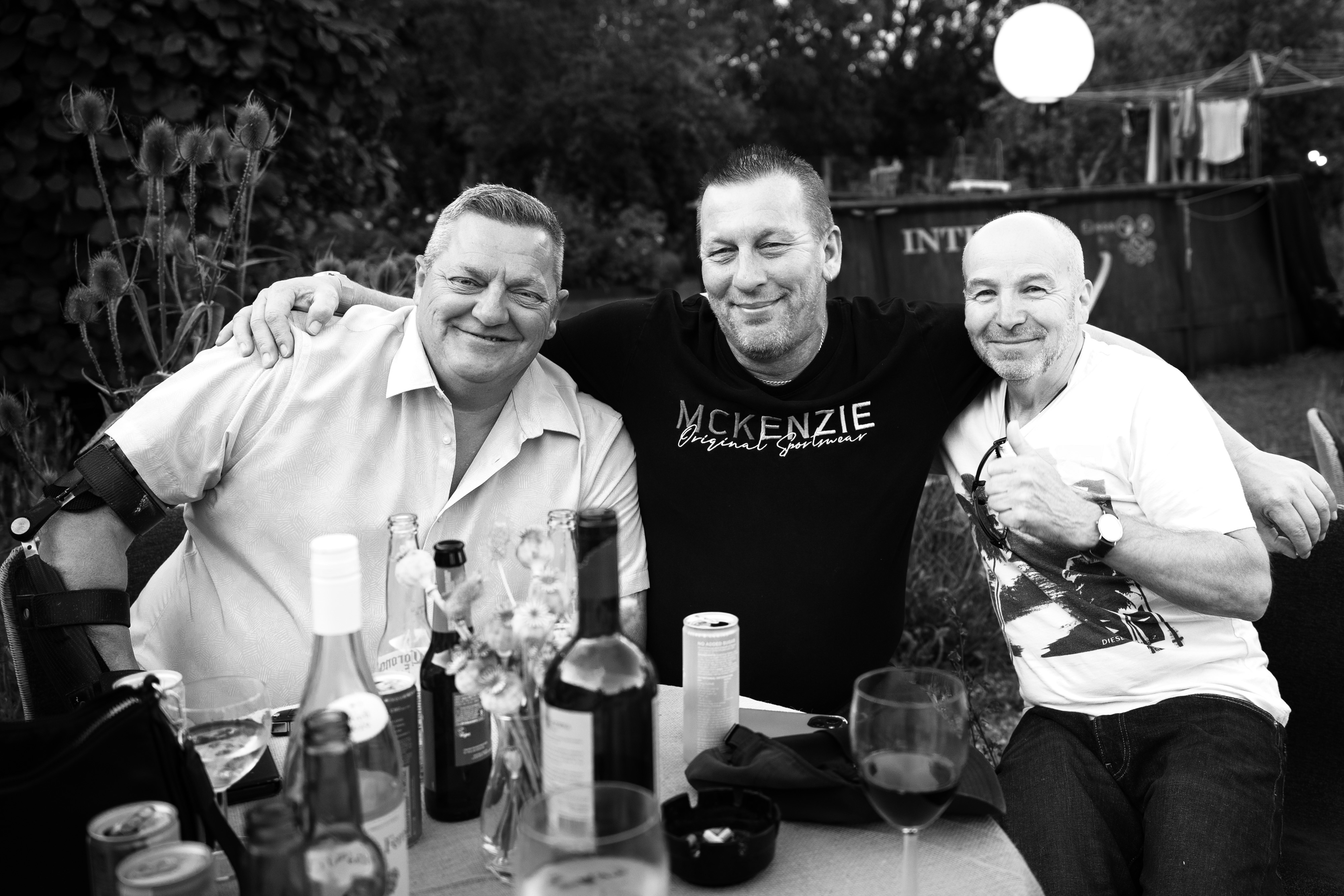
The boys are back in town
Leica SL3-S with 28-70 f2.8
28mm ISO 1600 1/320 @ f2.8
I have given up shooting weddings (apparently) but I have to say that the SL3-S would also be the perfect wedding workhorse.
I’ve been struggling a bit to find a good metaphor, I was thinking it was like the difference between driving an electric car compared to a 2017 911, the Tesla is more advanced, but the journey is so much more enjoyable with the 911 . . . But the analogy isn’t right because the SL3-S is also advanced.
However, user-interface and haptics really matter, and the SL3-S is just a lovely tool for shooting events, there aren’t really any practical downsides, and the driving experience is so much of a pleasure.
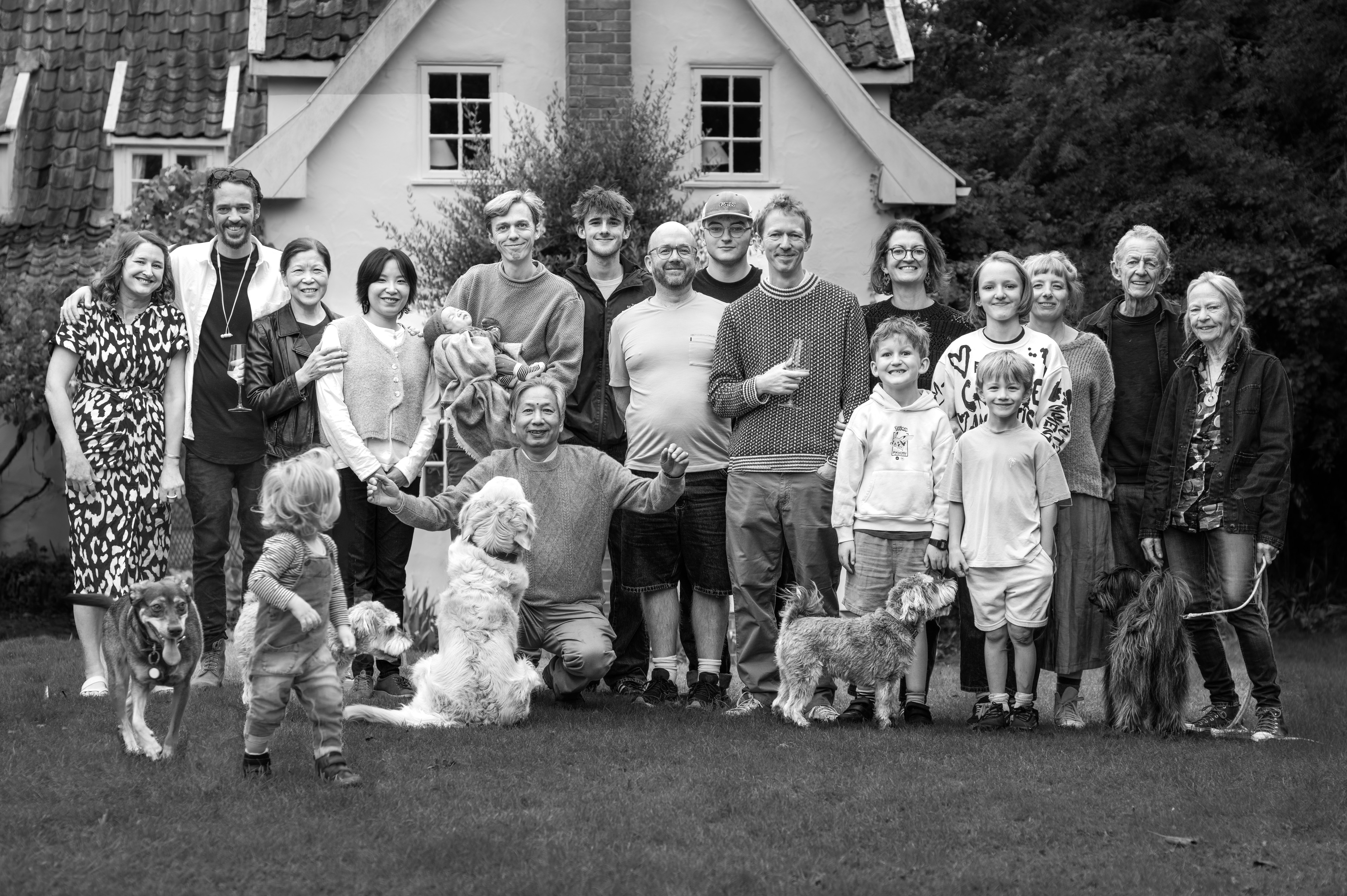
Family Values
Leica SL3 with 28-70 f2.8
65mm ISO 125 1/125 @ f4
Jonathan Slack has been testing cameras for Leica since 2009, he has also been writing about them, and all the old articles can still be found on this website (maybe an index is coming!).
Jonathan Slack's duty of care is to Leica, and whilst he would never omit something he considered important, nor say anything he didn't consider to be true, it is worth remembering this when reading these articles.
There are no adverts, no click bait and nobody (Leica or anyone else) pays for these articles to be written. This is in an attempt to remain objective and not to be distracted by the hunt for clicks.
Jonathan Slack is also a member of the board of LSI (Leica Society International).
Click on the Leica Society logo below to look at the Leica Society International website where you can find a huge resource of Leica material and join the society to learn more about Leica and photography and to meet up with like minded people.













































